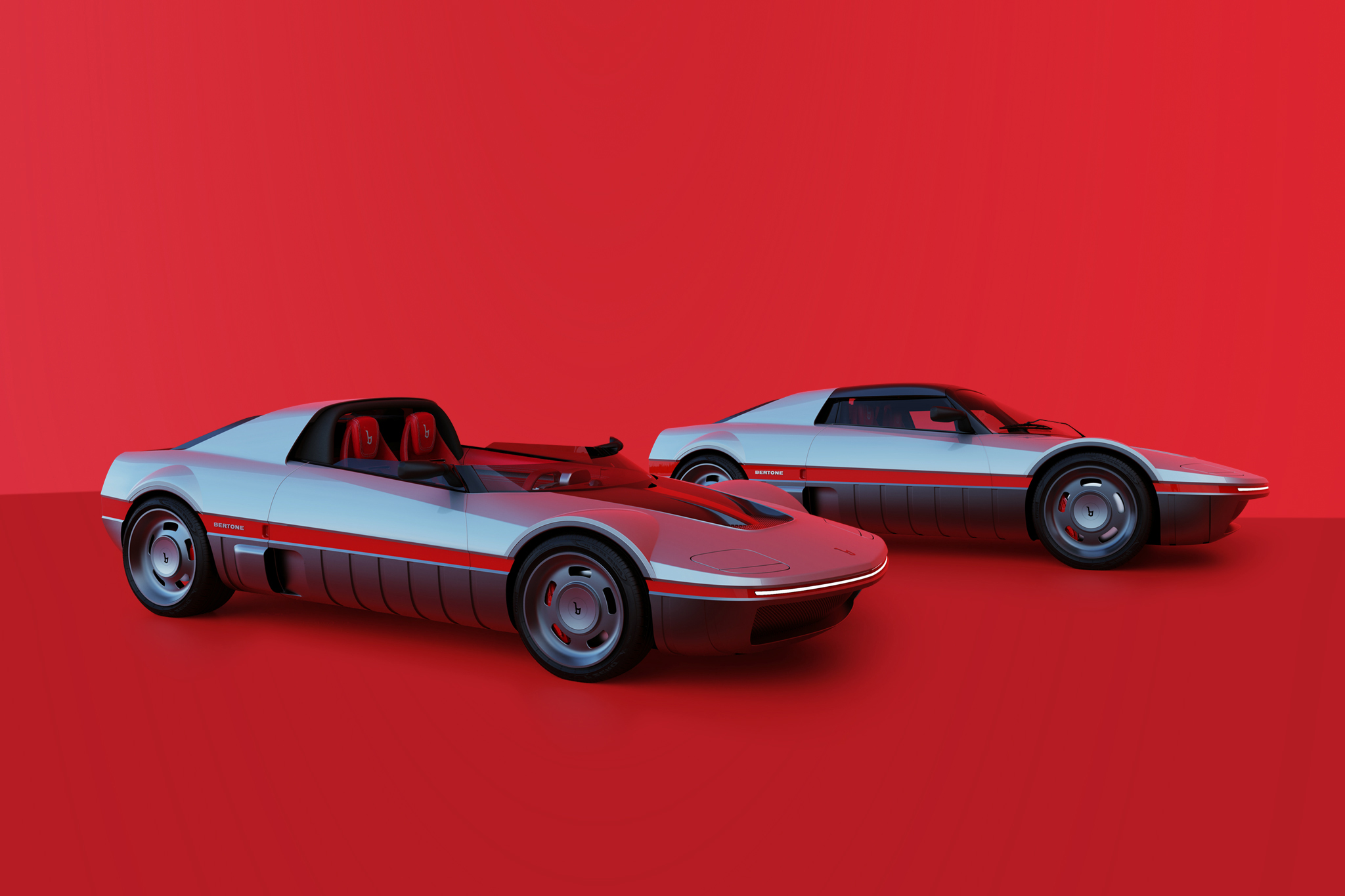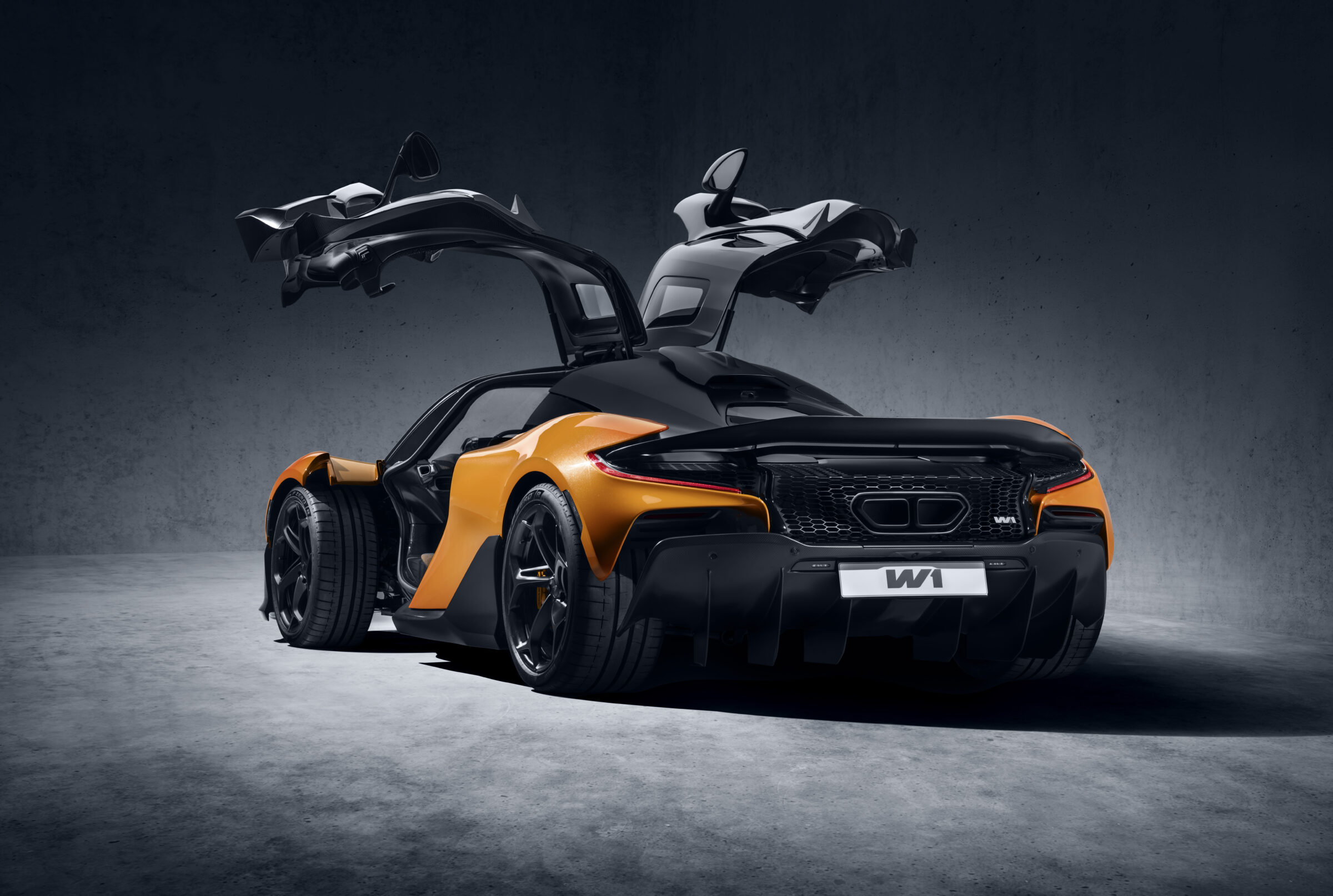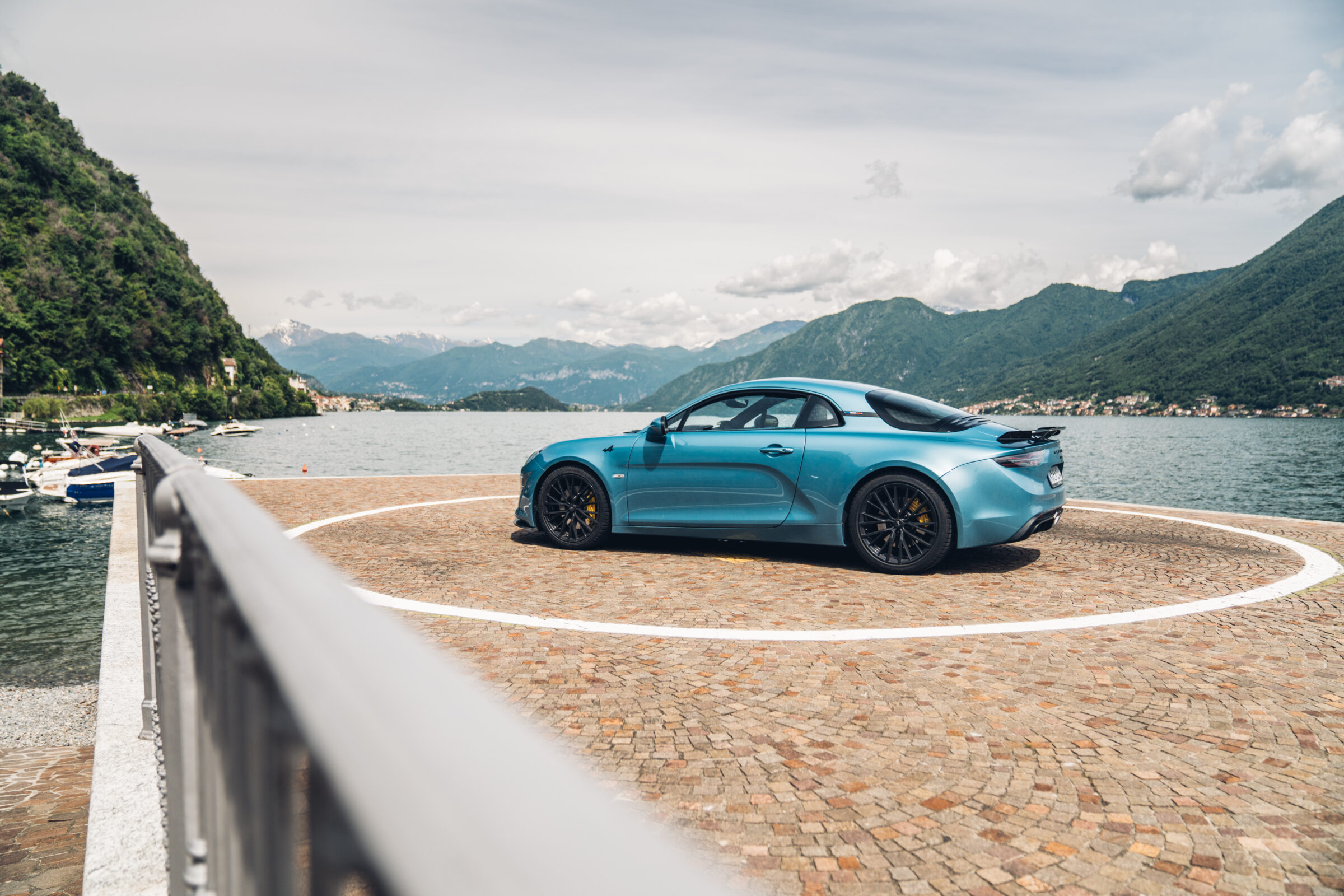Lagonda V-12 Rapide
Lagonda? That name rings a bell. Right, in the past few years there have been some concept cars with this brand name at the Geneva Motor Show. They were exhibited at the Aston Martin booth. As the owner of the name rights, the British sports car manufacturer plans to revive the once famous luxury brand with electric SUVs. We will only judge whether these vehicles live up to the former glory when they really go on sale. Our attention today is directed to a true classic of the brand history from a time before they became the appendage of Aston Martin. In fact, it was the era before World War 2 when Lagonda was promoted to automotive Olymp – but also quickly dropped out of it again.
But let’s start with a look back. The Lagonda Motor Company was founded in 1901 by the US opera singer Wilbur Gann in Staines-upon-Thames, Kent, and initially produced motorcycles and motor tricycles. In 1907 Gunn and his chief engineer A.H. Cranmer developed their first four-wheeled automobile. For around 20 years the brand remained in the medium market segment and was known for light vehicles, with which they also took part in motorsport events such as the London-to-Edinburgh Trial. Simultaneously with the market launch of their first car, the company slipped into insolvency and was placed under the supervision of an insolvency administrator, who finally sold the company back to Wilbur Gunn in 1910. In the same year, the new old boss won the reliability drive Moscow – St. Petersburg – Moscow in a record time of less than 12 hours. This led to the Russian market becoming Lagonda’s most important export destination. The offshoots of the Type 11 introduced in 1913, in which chassis and body formed a single unit (unibody) – today quite normal, at that time a sensation – were a particular sales success.
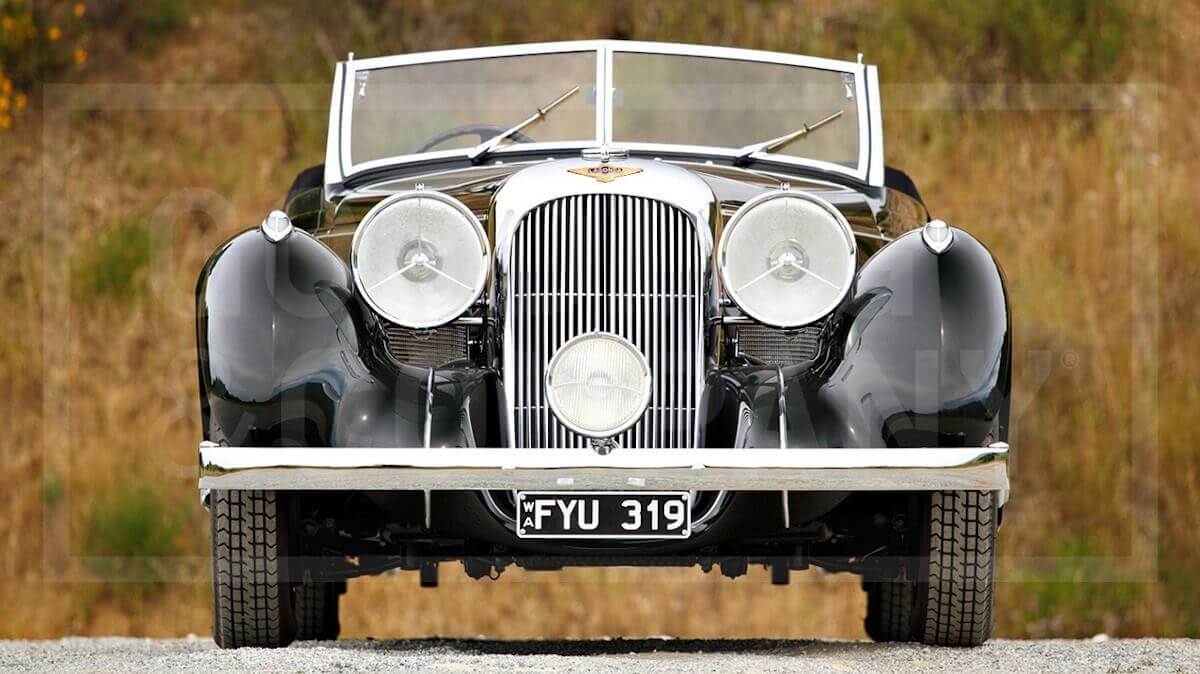

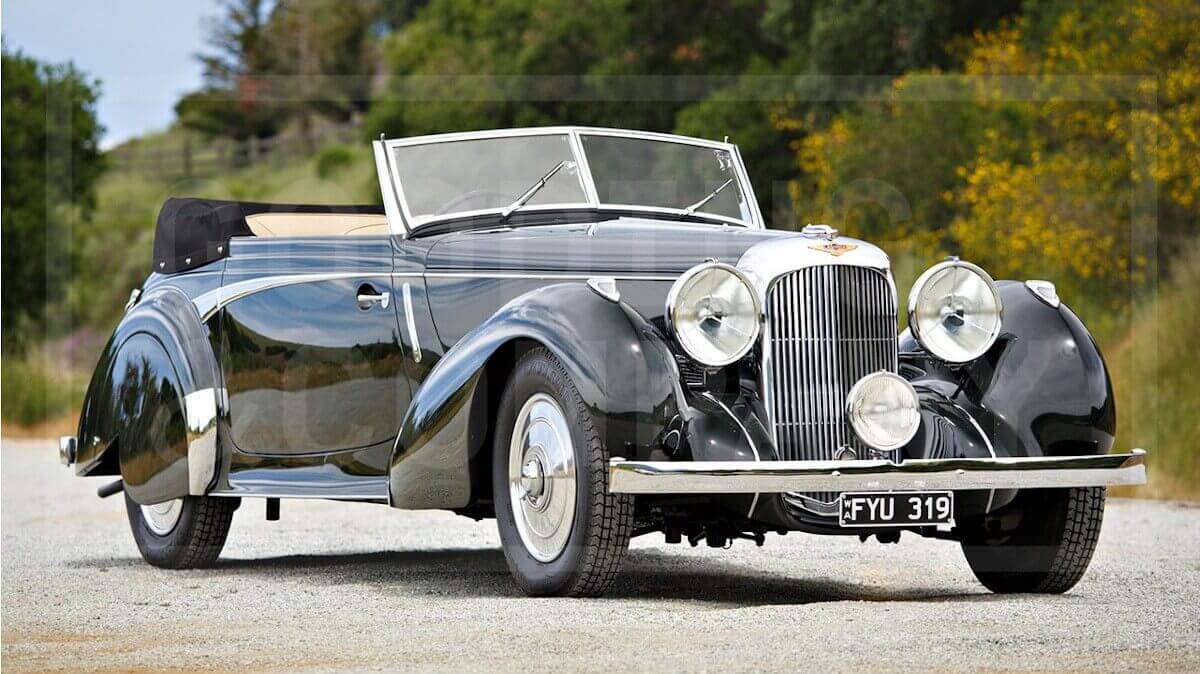

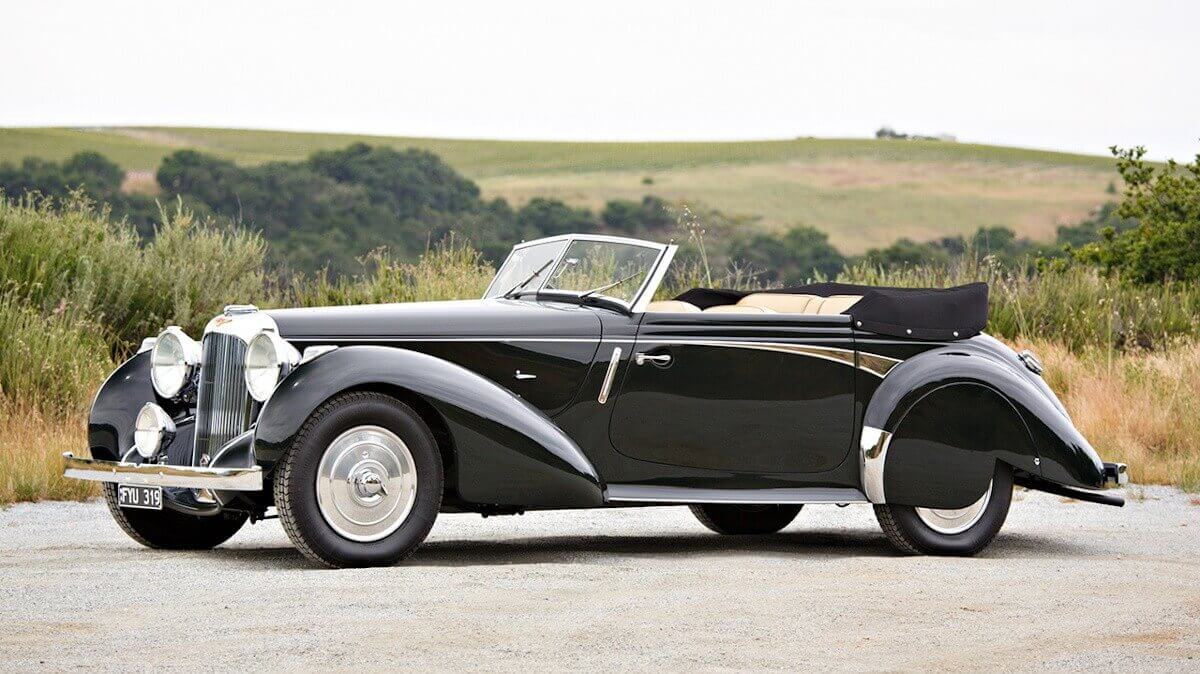

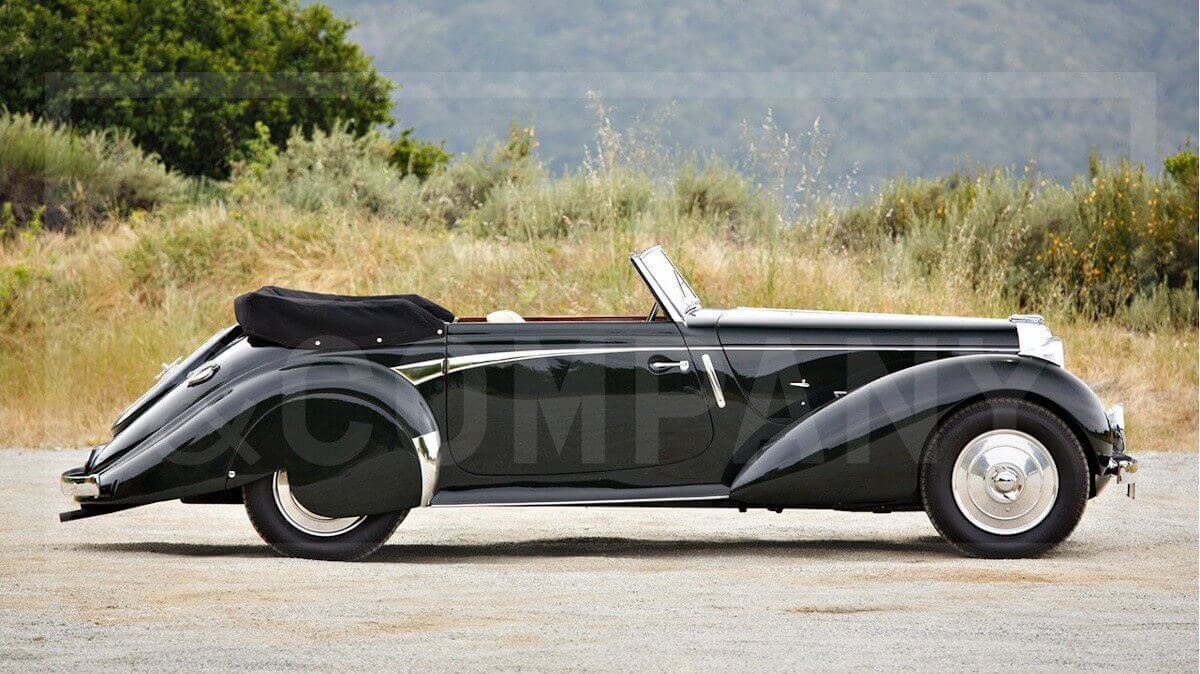

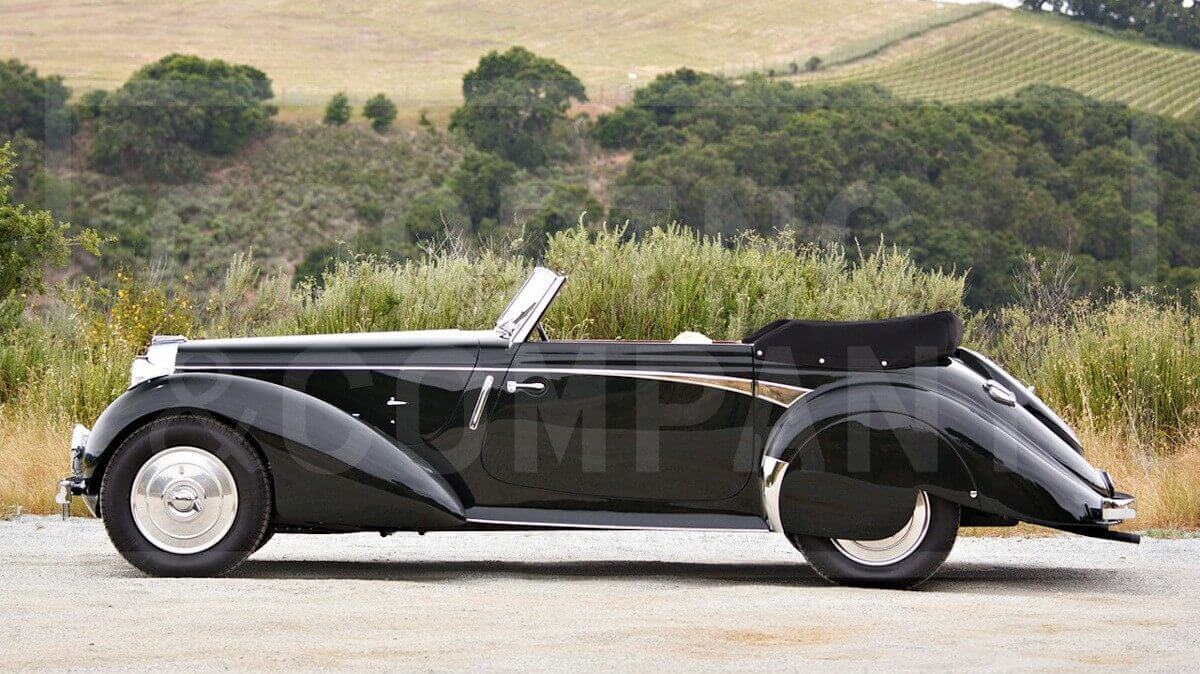

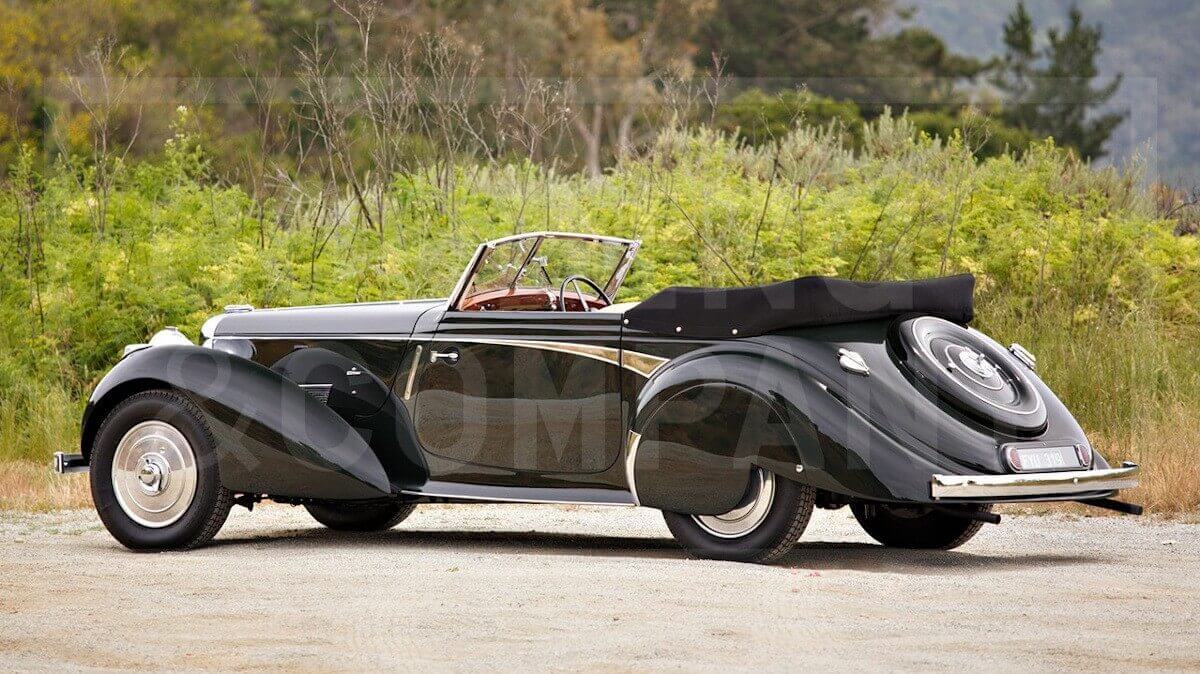

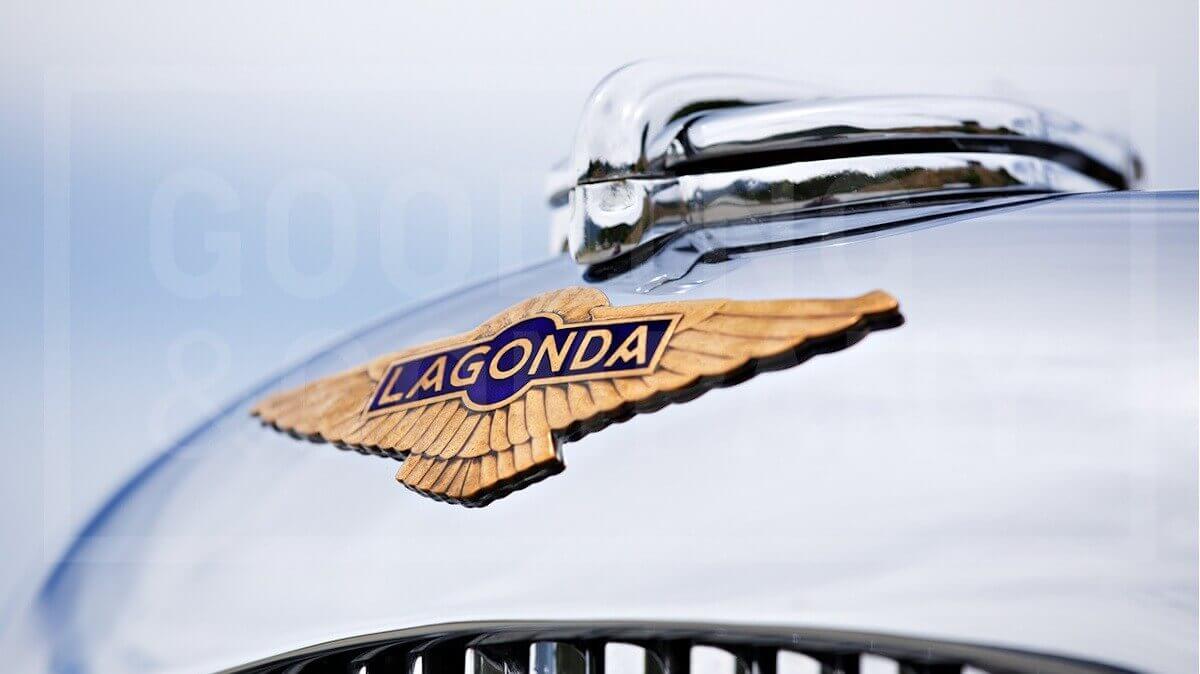

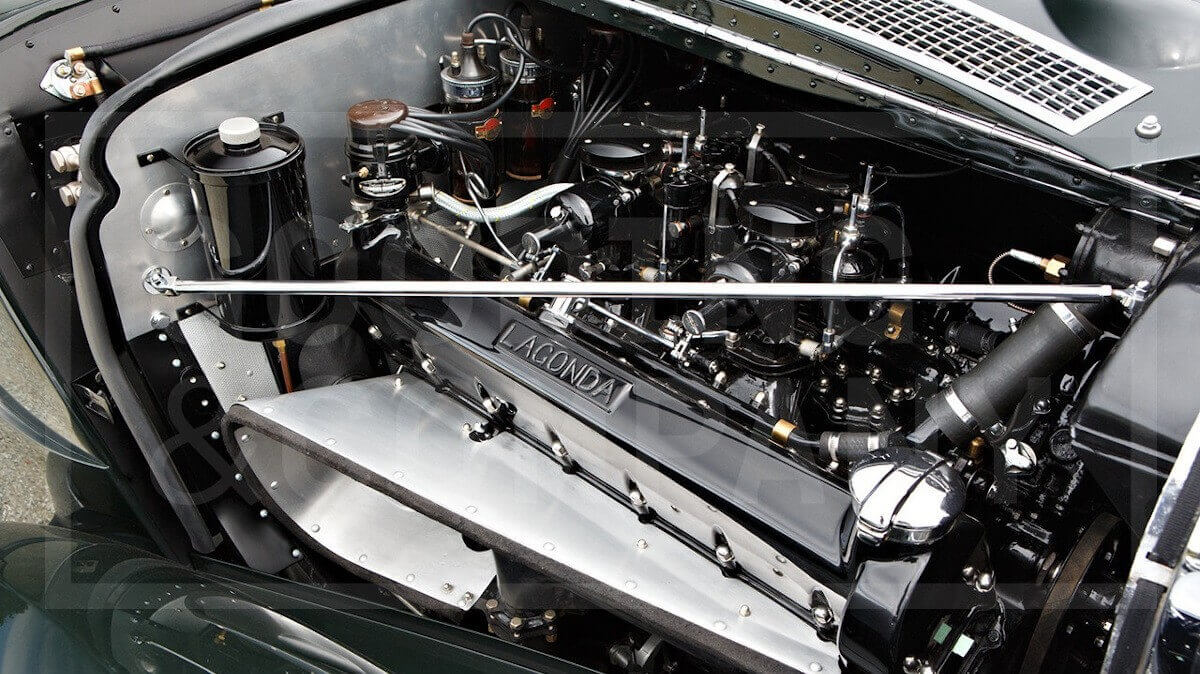

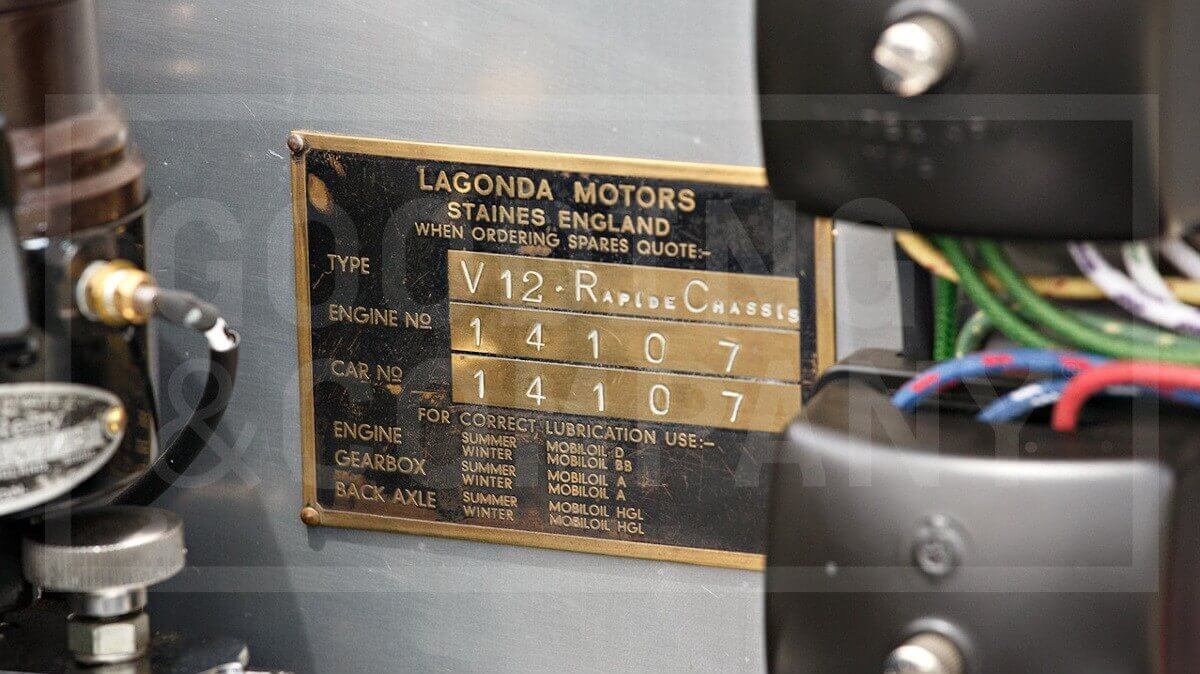

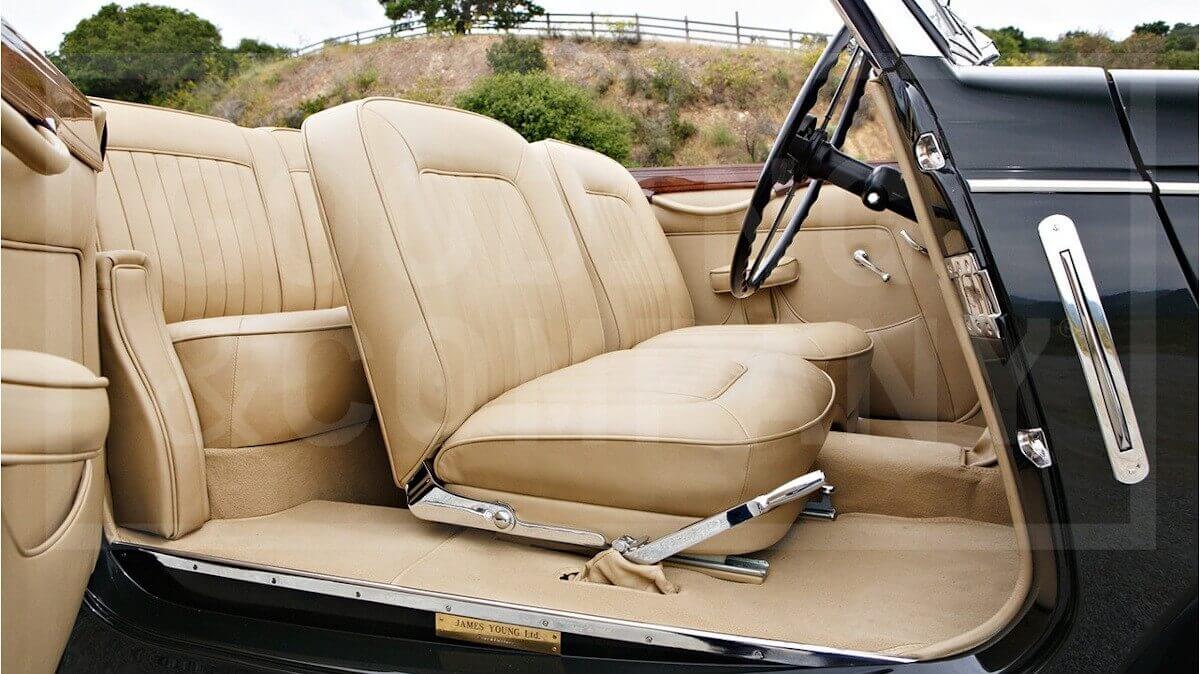

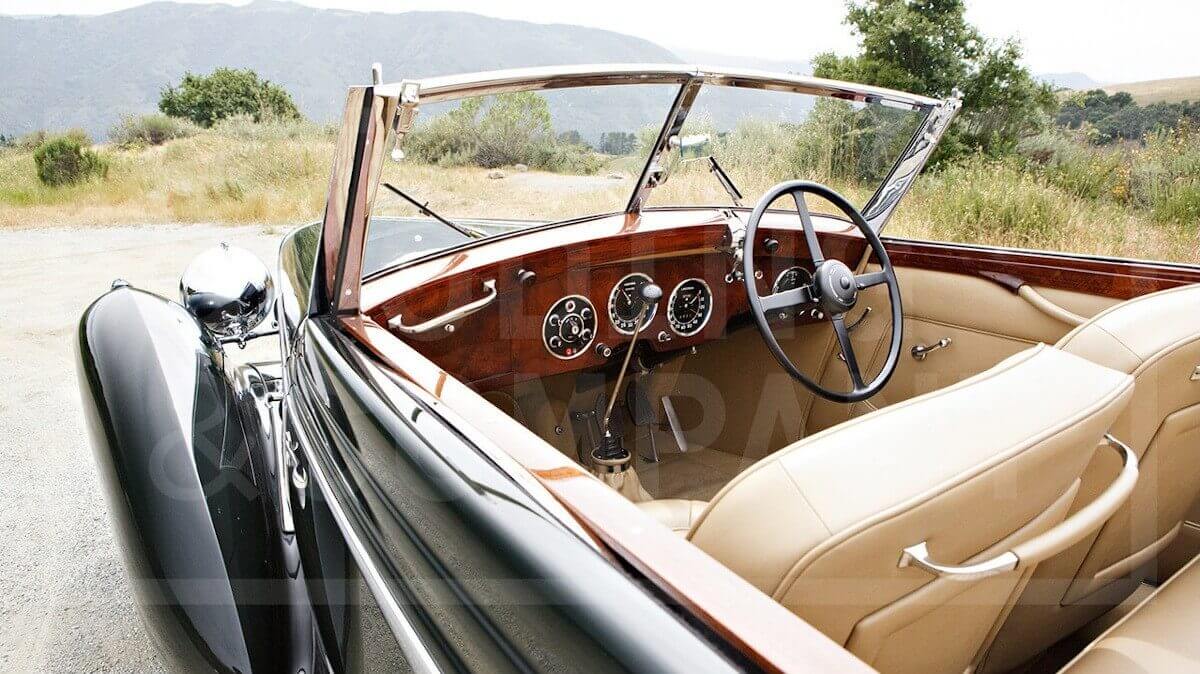

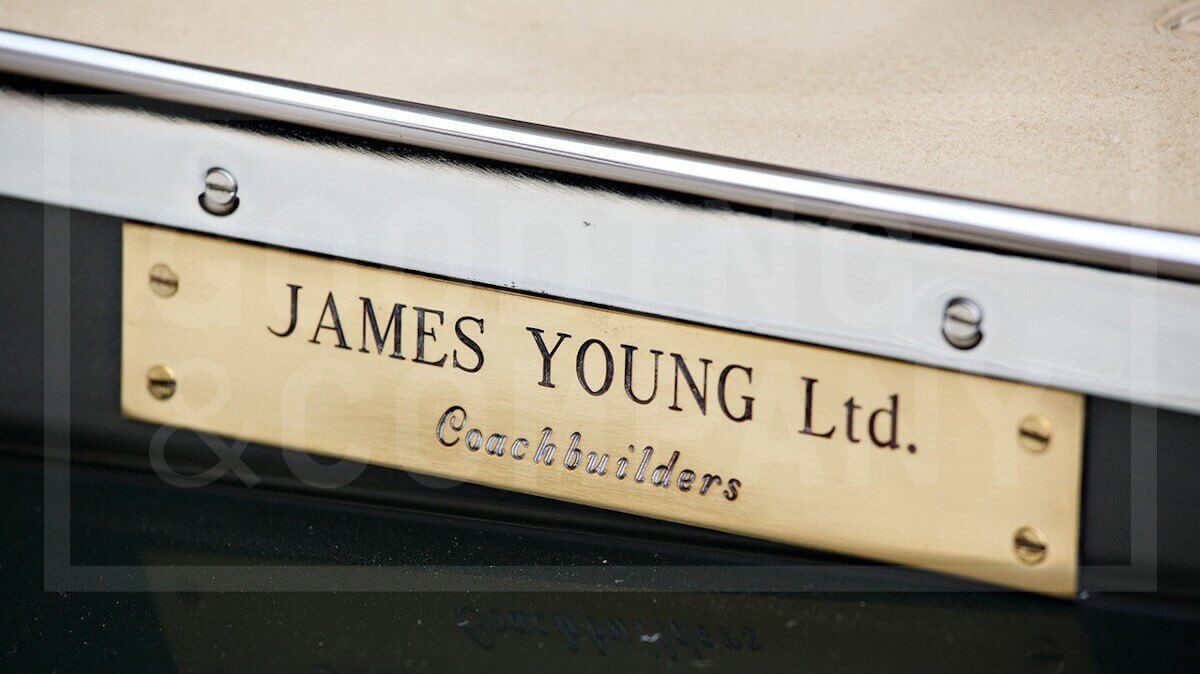

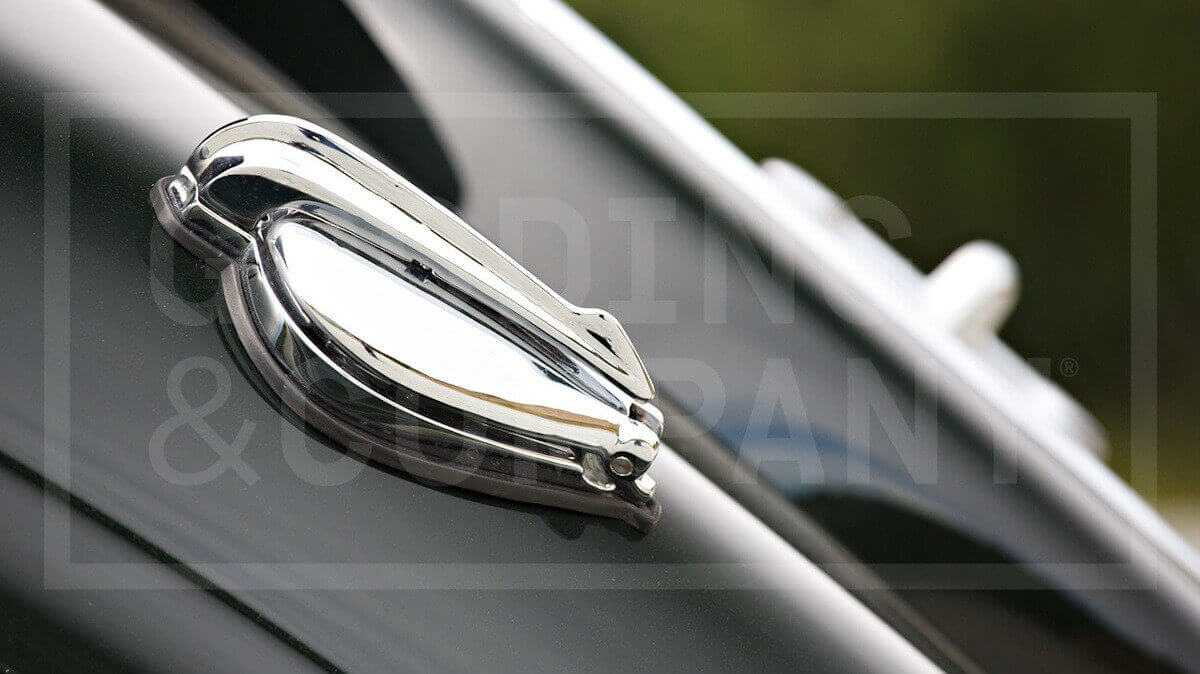

After the death of the company founder in 1920, the new management continued the vehicle construction. In the course of time, the four-cylinder engines used grew to three liters of displacement and remained in the model range until 1934. Parallel to the road vehicles, they continued to race cars in various events and achieved many victories. From 1928, the Lagonda factory team could be found annually at the startline of the 24-hour race in Le Mans, which was finally won in 1935 with an M45 Rapide and the drivers John Hindmarsh and Luis Fontés behind the wheel. Their opponents at the French endurance race included Alfa Romeo and Aston Martin. Despite the sporting successes, Lagonda again slipped towards bankruptcy, as the street sports cars were rather modest to sell. They tried to launch a counteract with the compact Rapier with a 1.1-liter engine, but this also failed. In 1935 the brand was officially up for sale. Among those interested was Rolls-Royce, which had already taken over Bentley in 1931. In the end, however, the Irish entrepreneur Alan Good offered more money and received the majority share in Lagonda.
Under Good’s leadership, Lagonda was clearly oriented towards the luxury automobile class. The M45, released in 1935 and victorious at Le Mans, was only a first step in this direction. For this, the models received a newly developed inline six-cylinder engine with a displacement of 4.5 liters from the supplier Meadows. The production rights of the Rapier were sold to another company. Good finally succeeded in signing a big name for the position of chief engineer. Walter Owen Bentley left the company that he founded and sold to Rolls-Royce in 1931 after four more years, looking for new challenges. At Lagonda he further developed the LG5 and finally a new top model with an own V12 engine. This maintained the displacement of 4.5 liters and at that time produced a fairly decent 175 hp. In addition there was a more powerful Rapide version, which however remained very rare. W.O. Bentley set the following tasks as development goals from the beginning:
- the highest gear must range from standstill to the topspeed of 110 mph
- although gear changes are unnecessary, the acceleration through the gears should be better than with any other non-racing car
- in the interior the passengers shouldn’t notice anything of the mechanics
- highest comfort and perfect stability of the chassis
- direct, smooth-running steering that is easy to operate even at high speeds
- high reliability and best long-distance suitability even at high speeds
- engine able to cope with everyday traffic driving and racing
- the use of hydraulic brakes all around
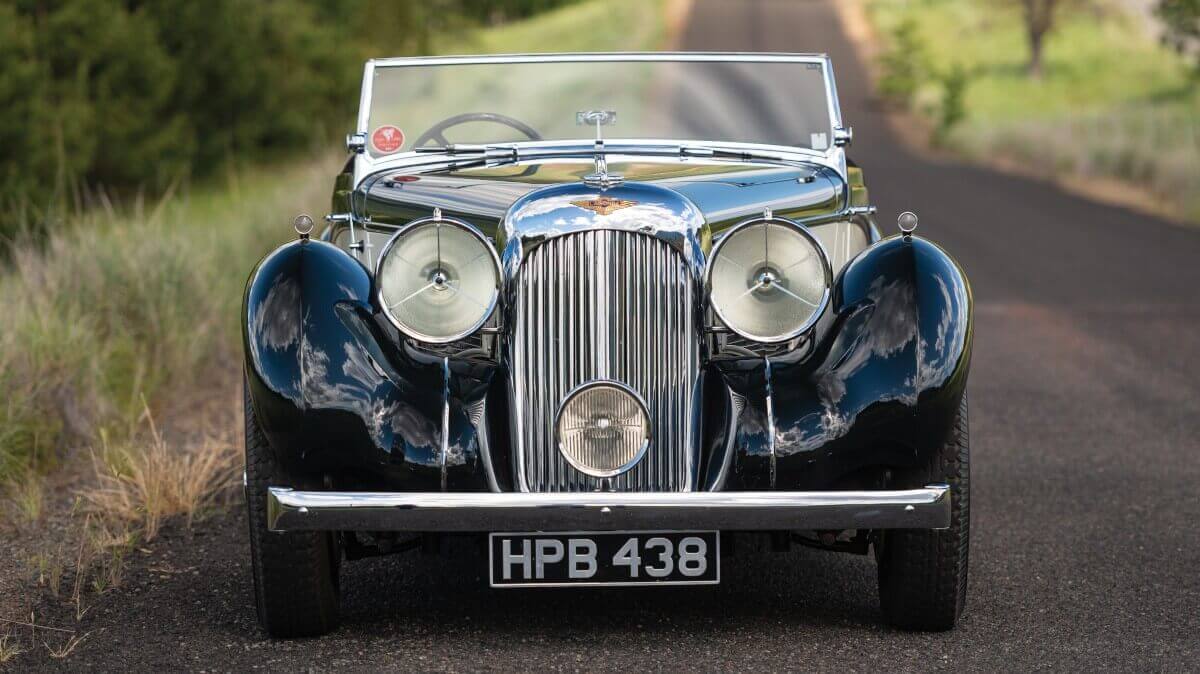

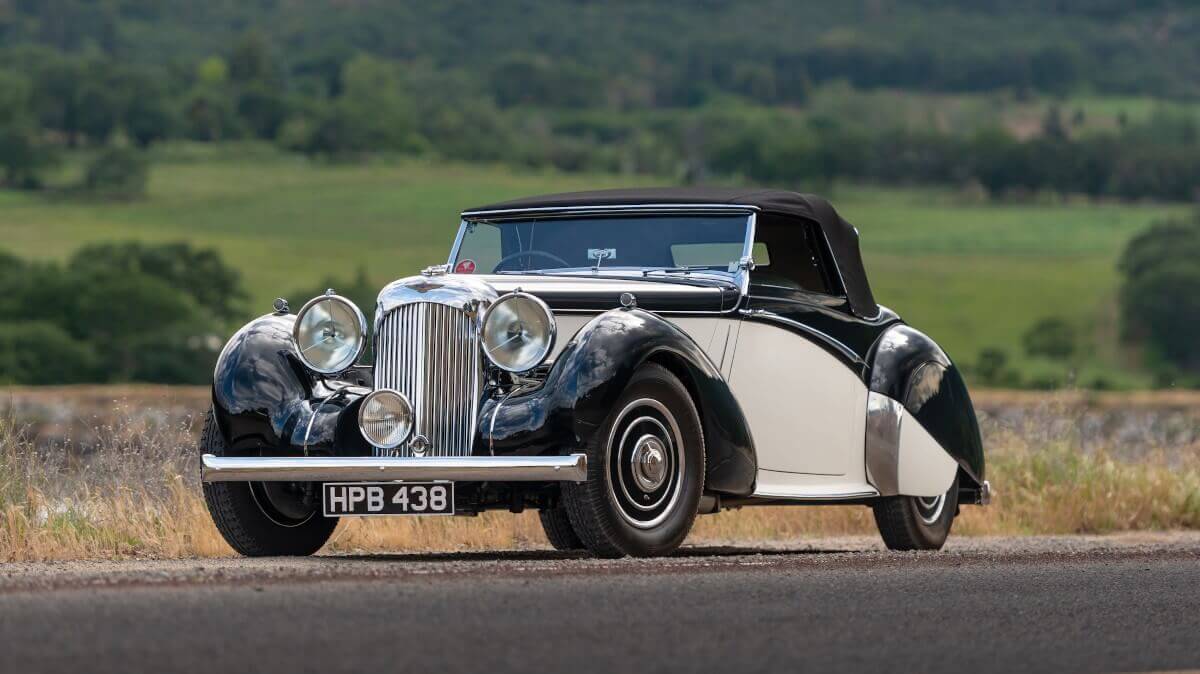

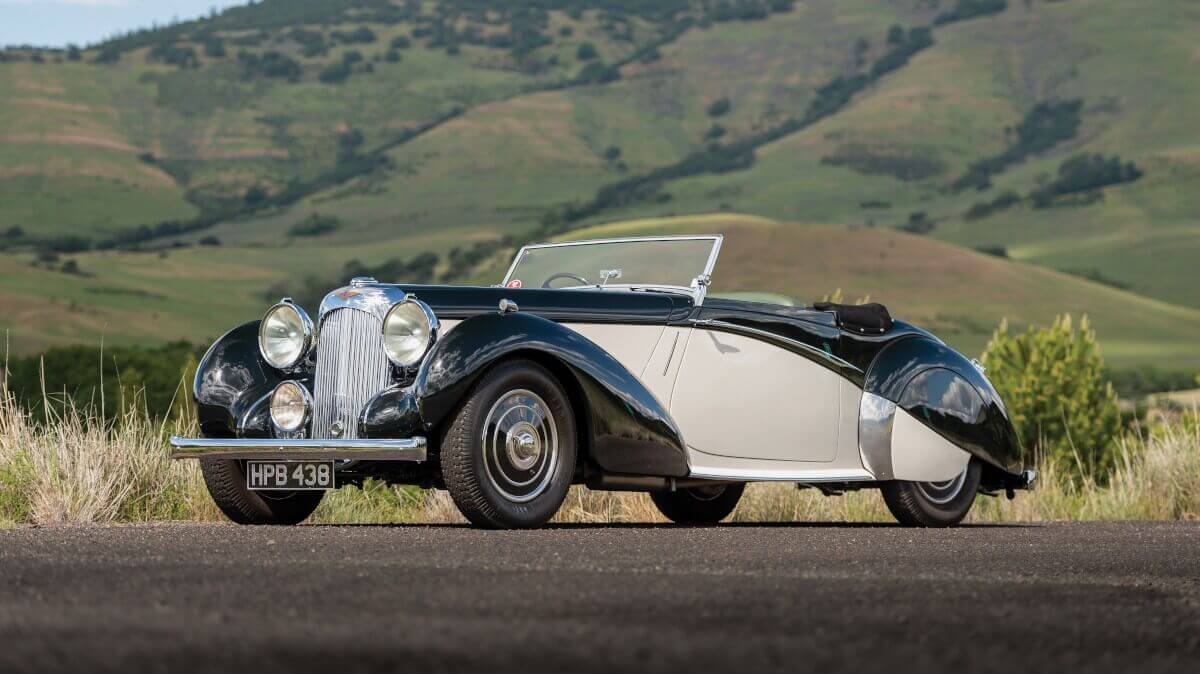

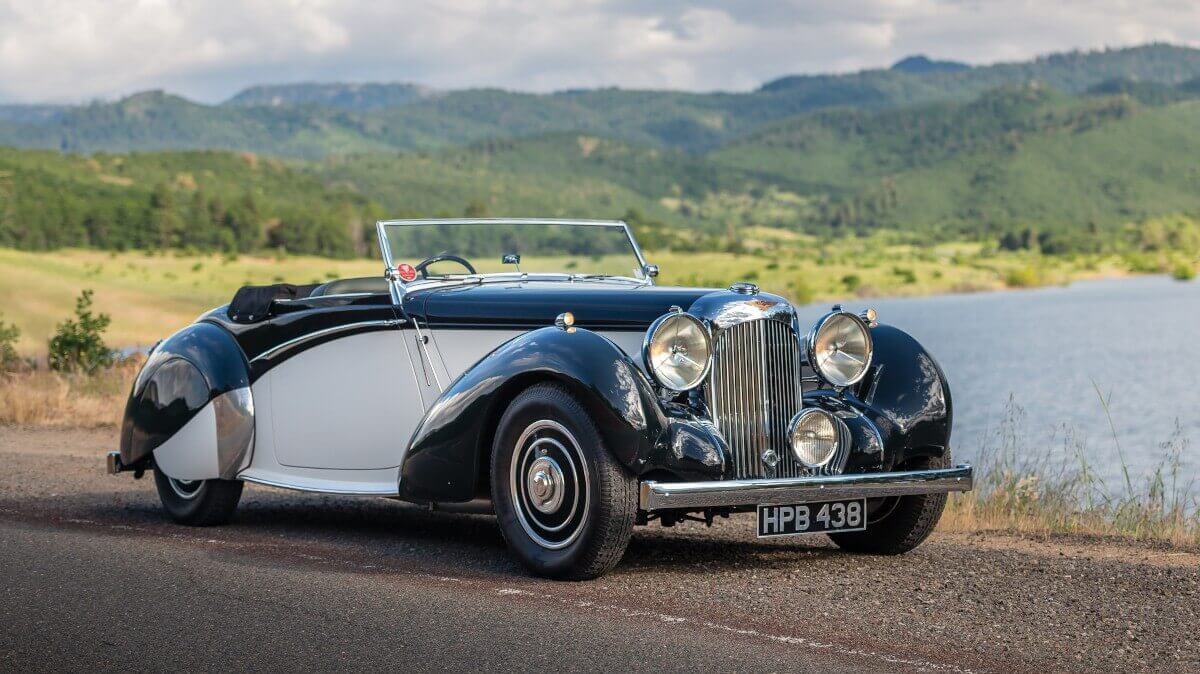

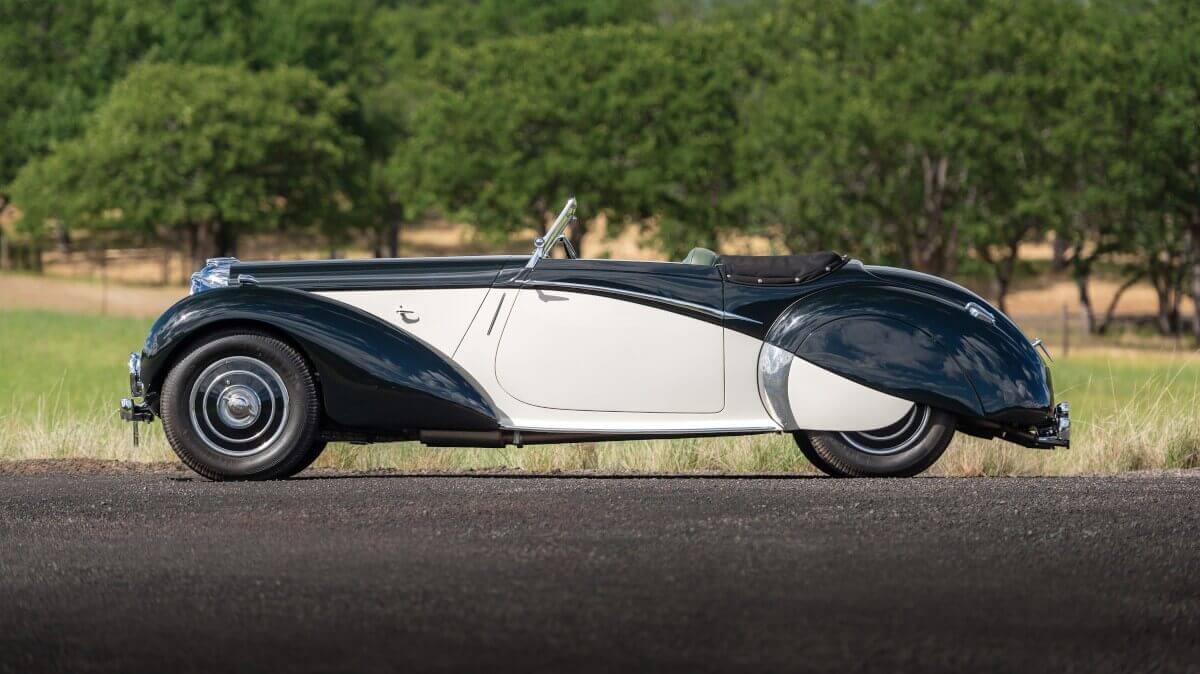



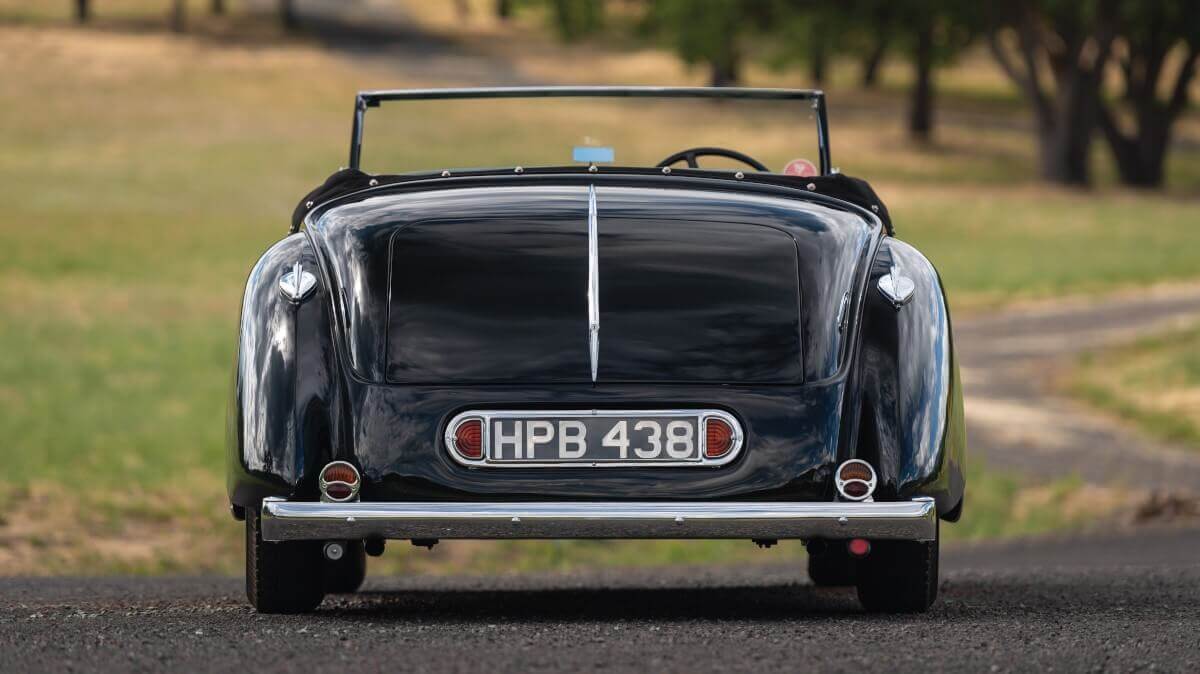

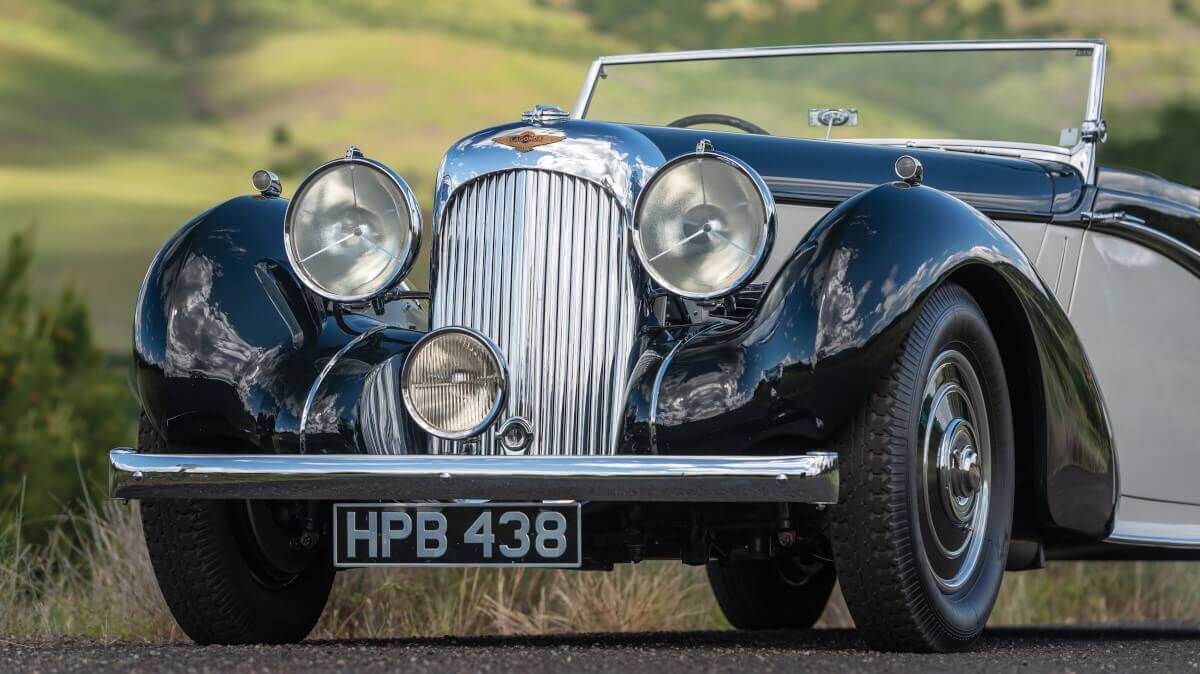

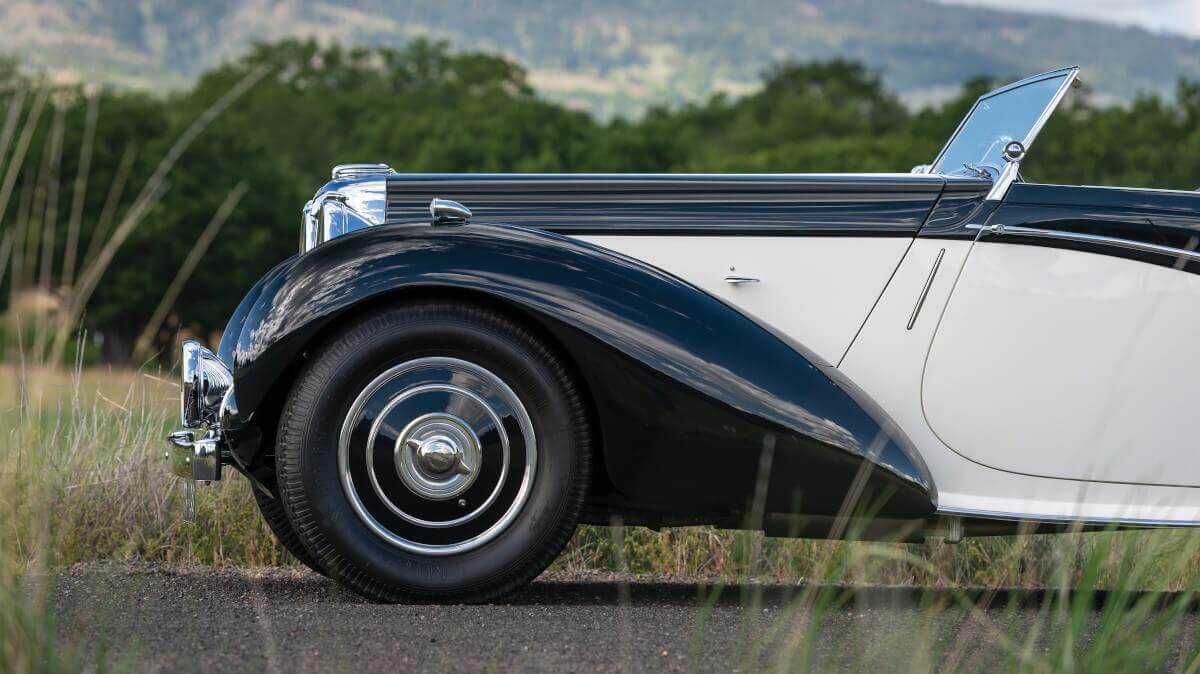

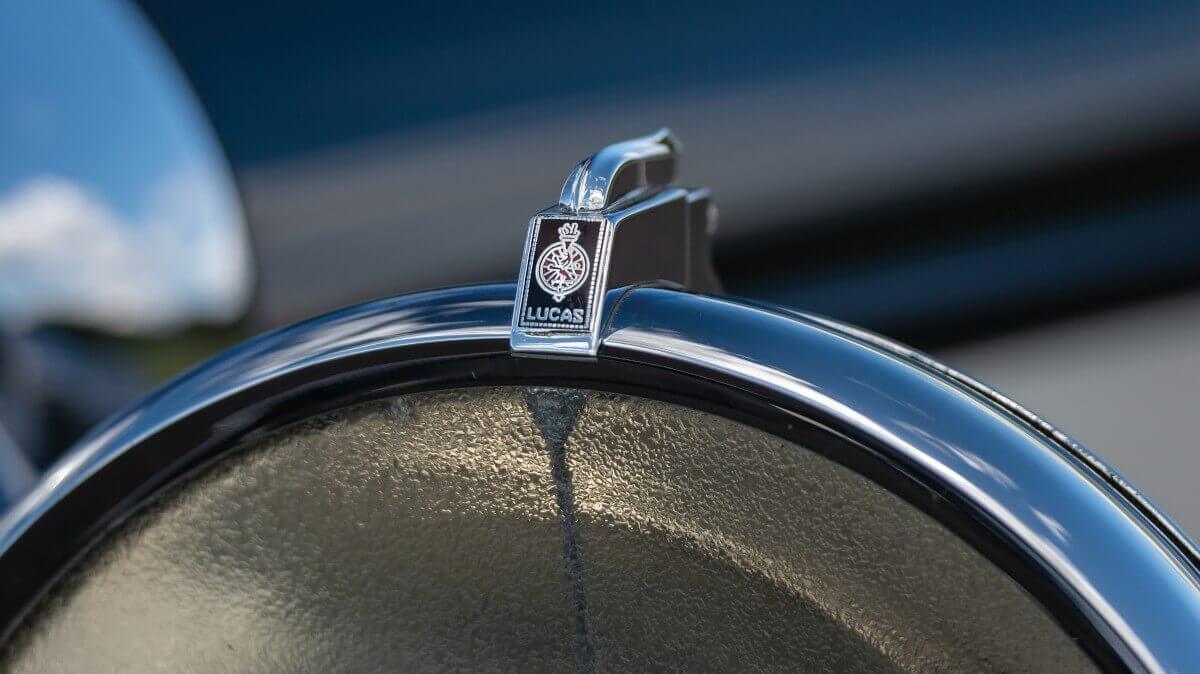

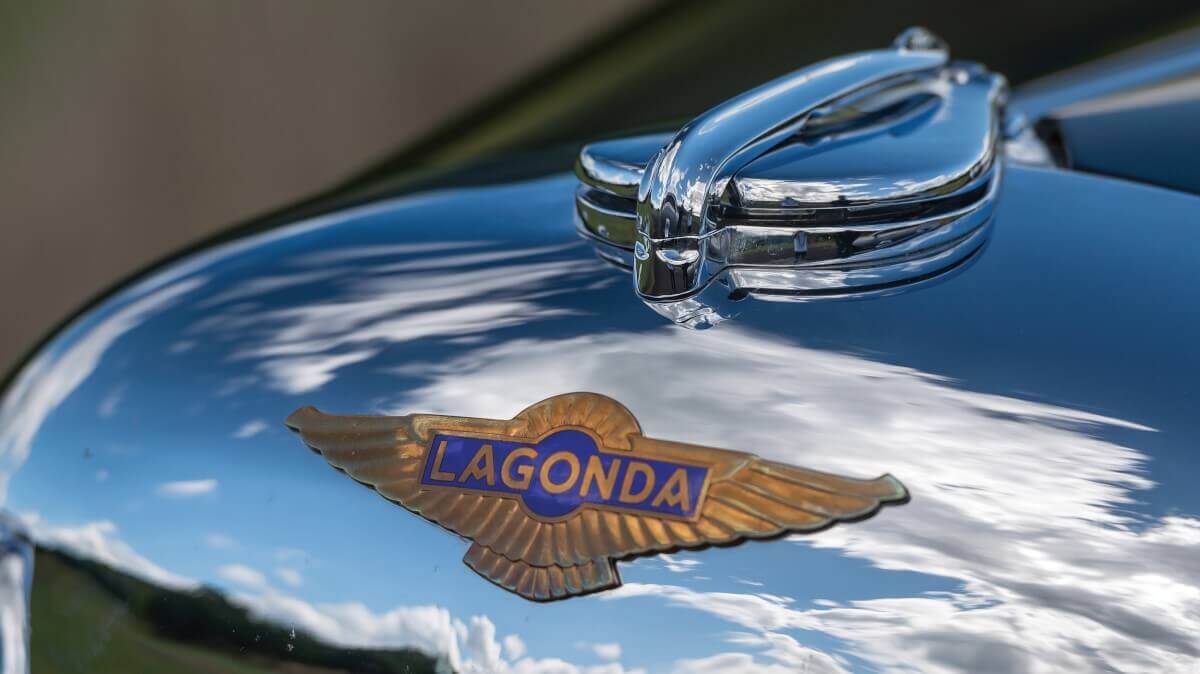

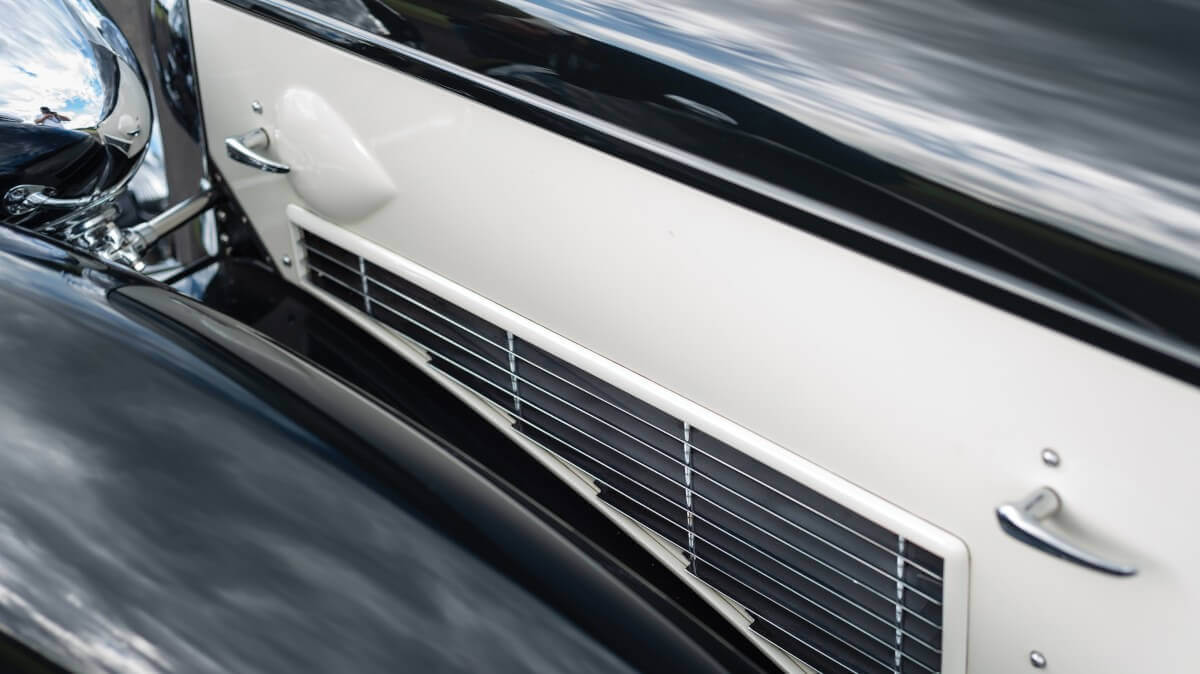

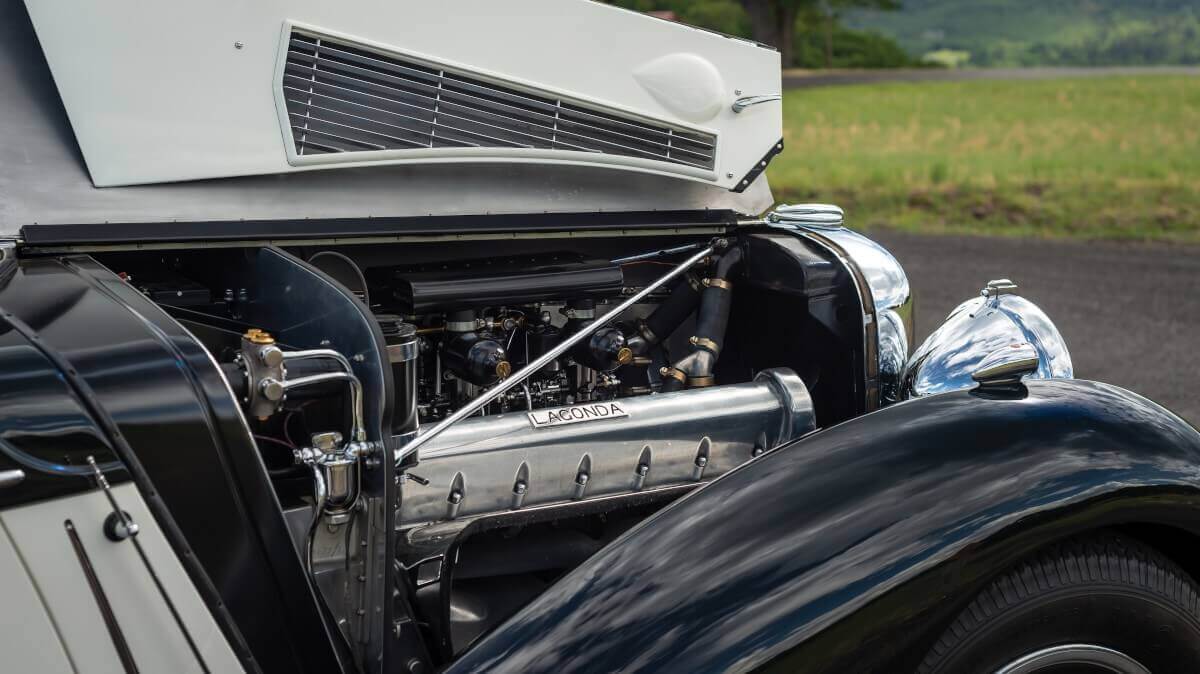

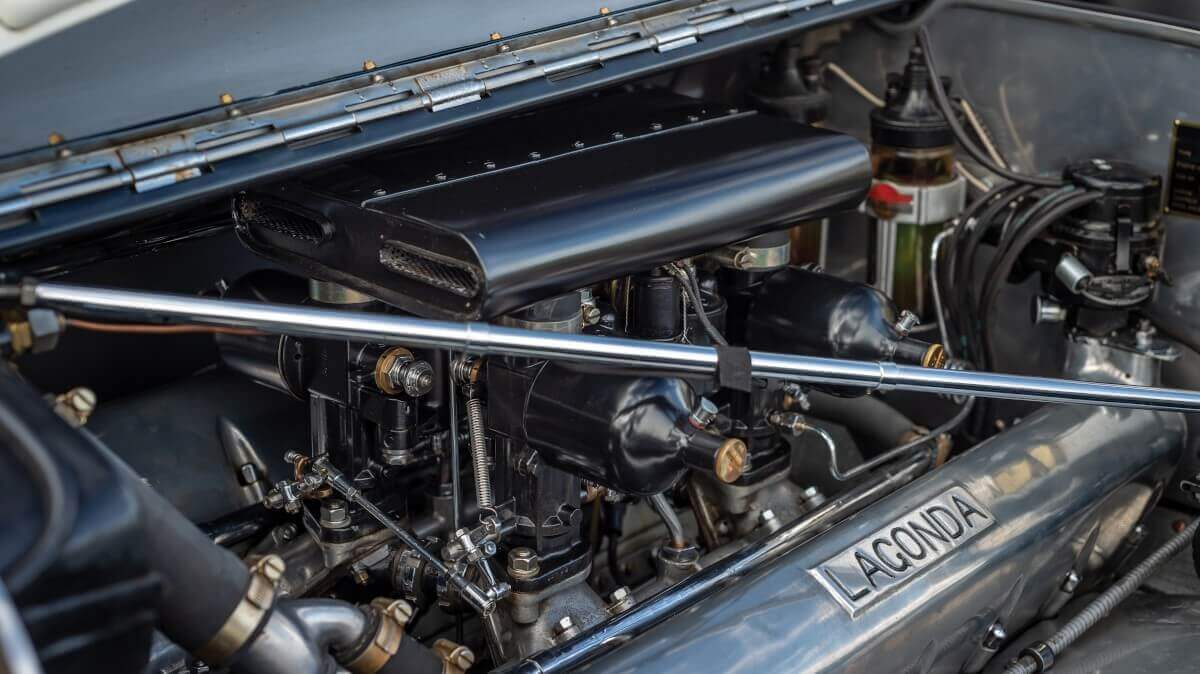

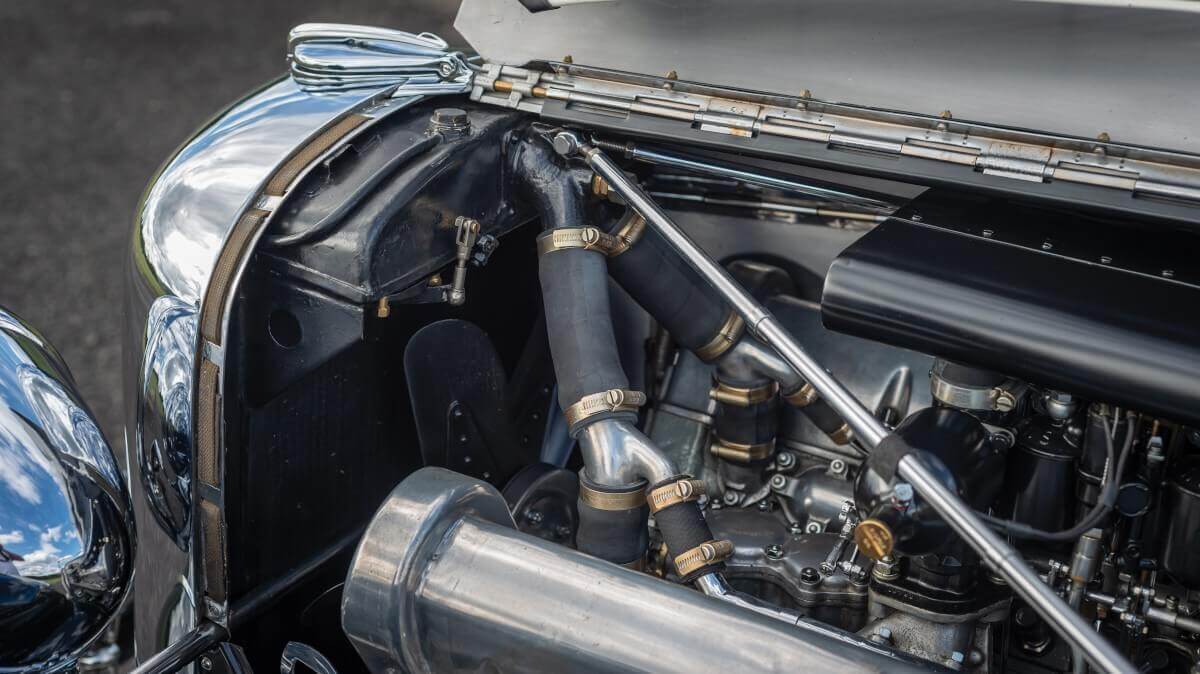

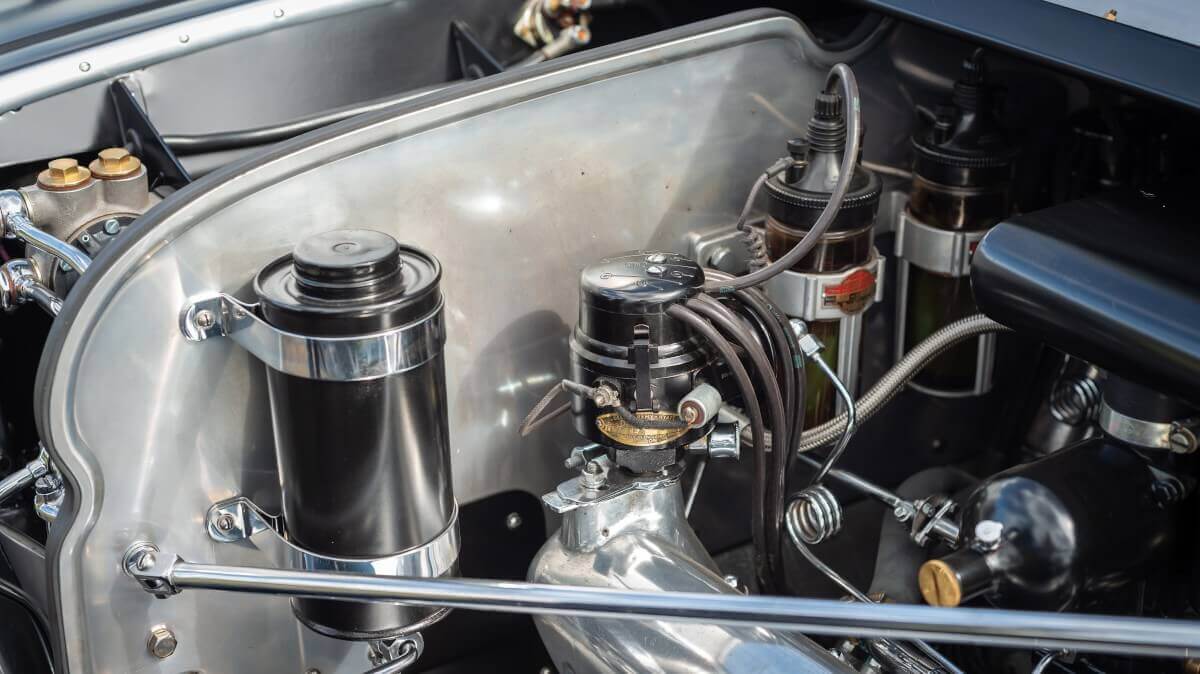

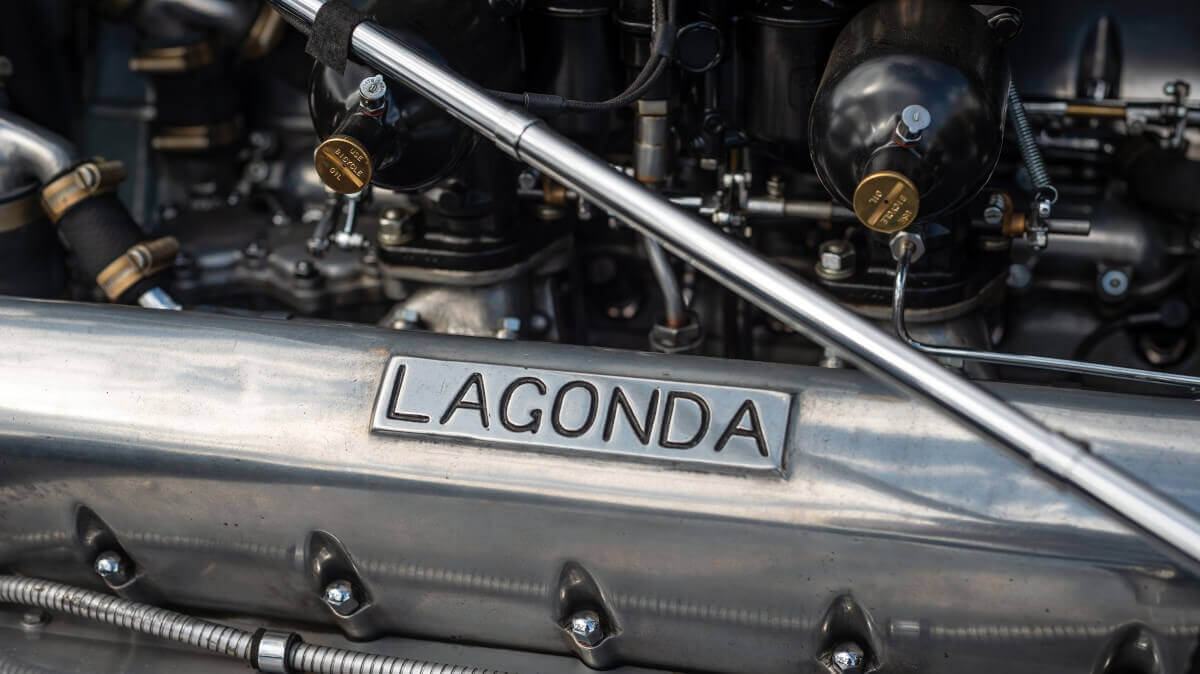

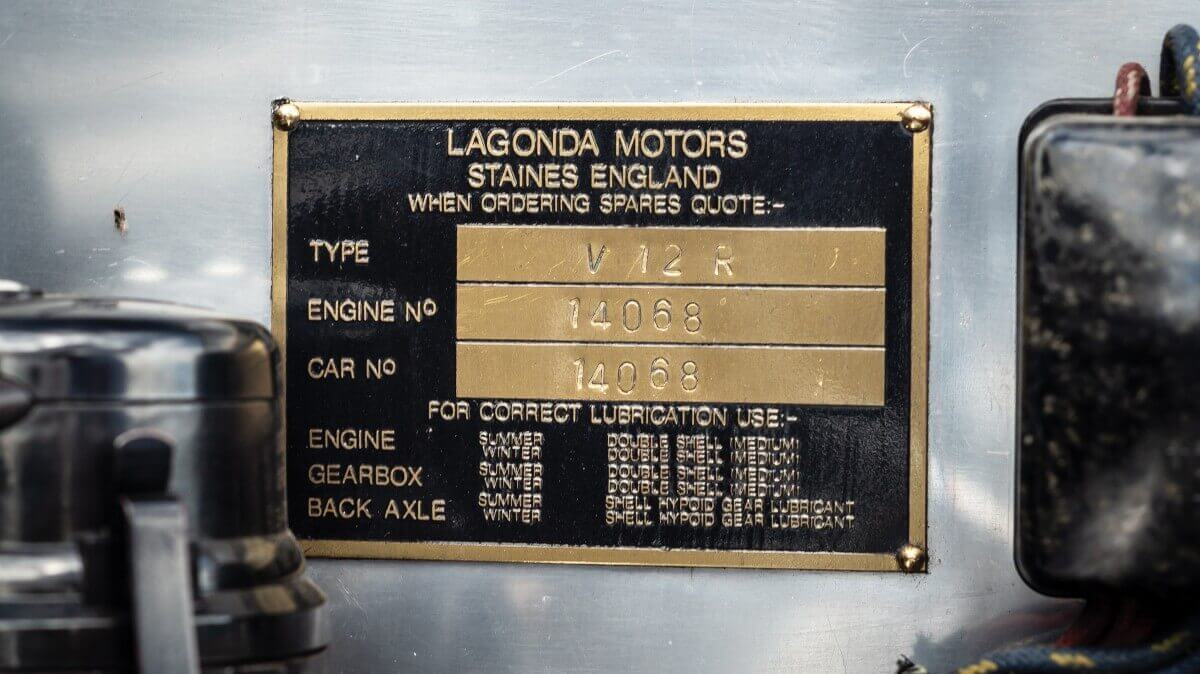

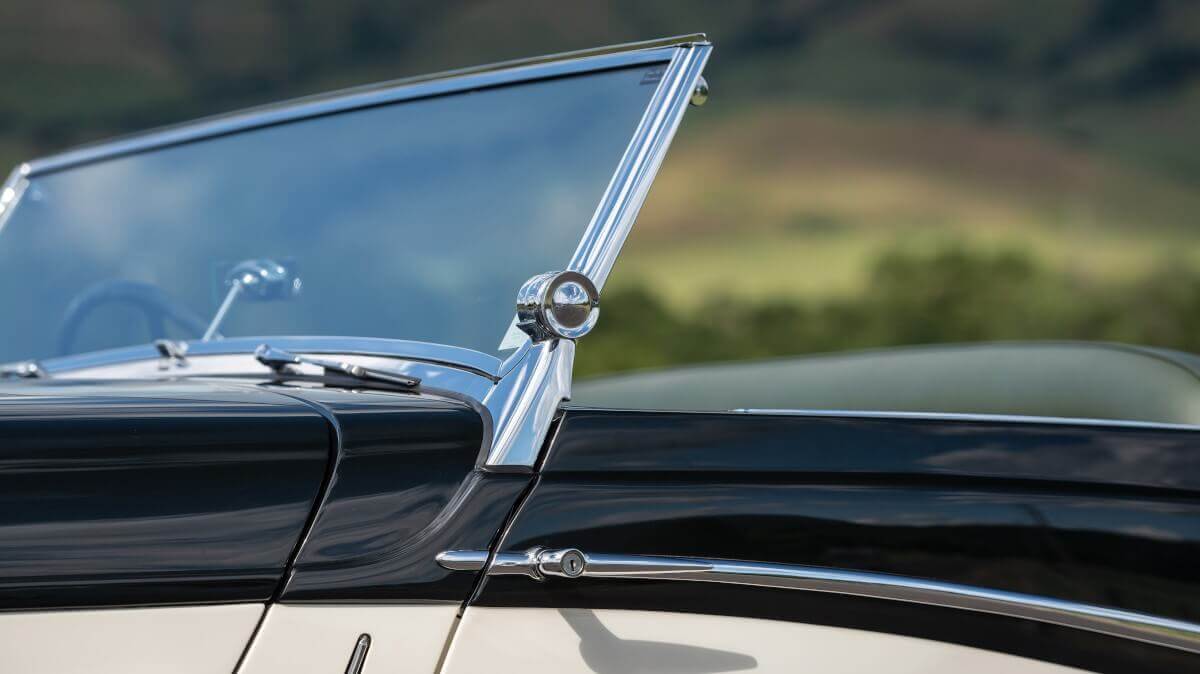

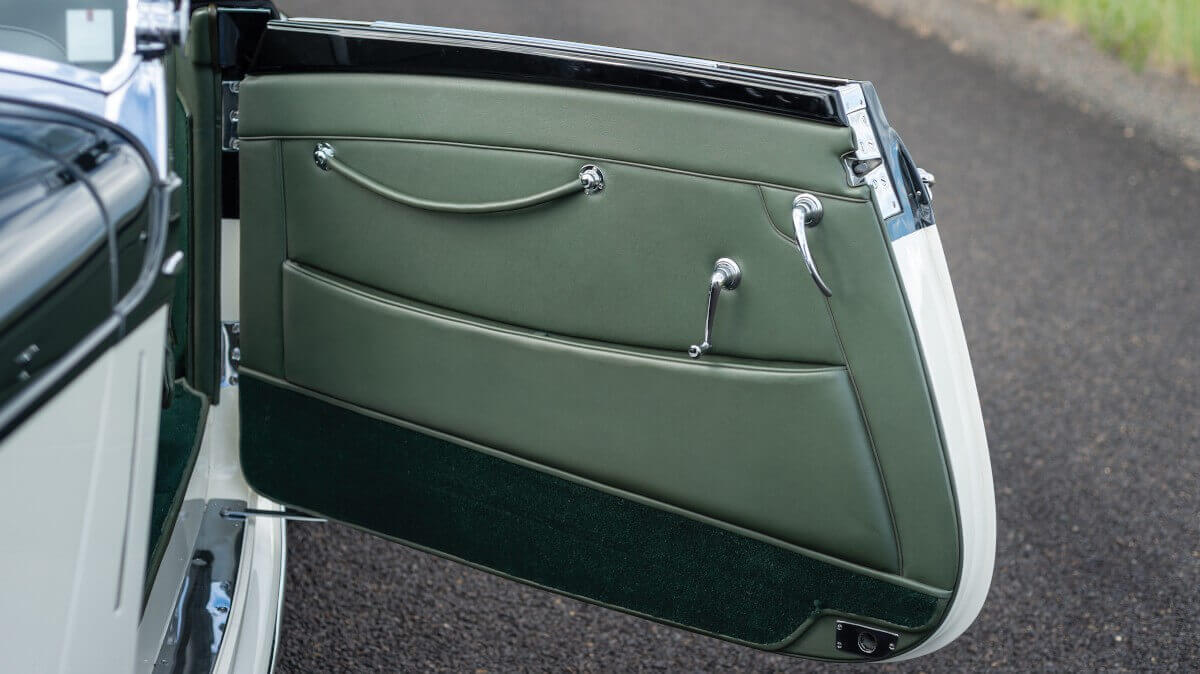

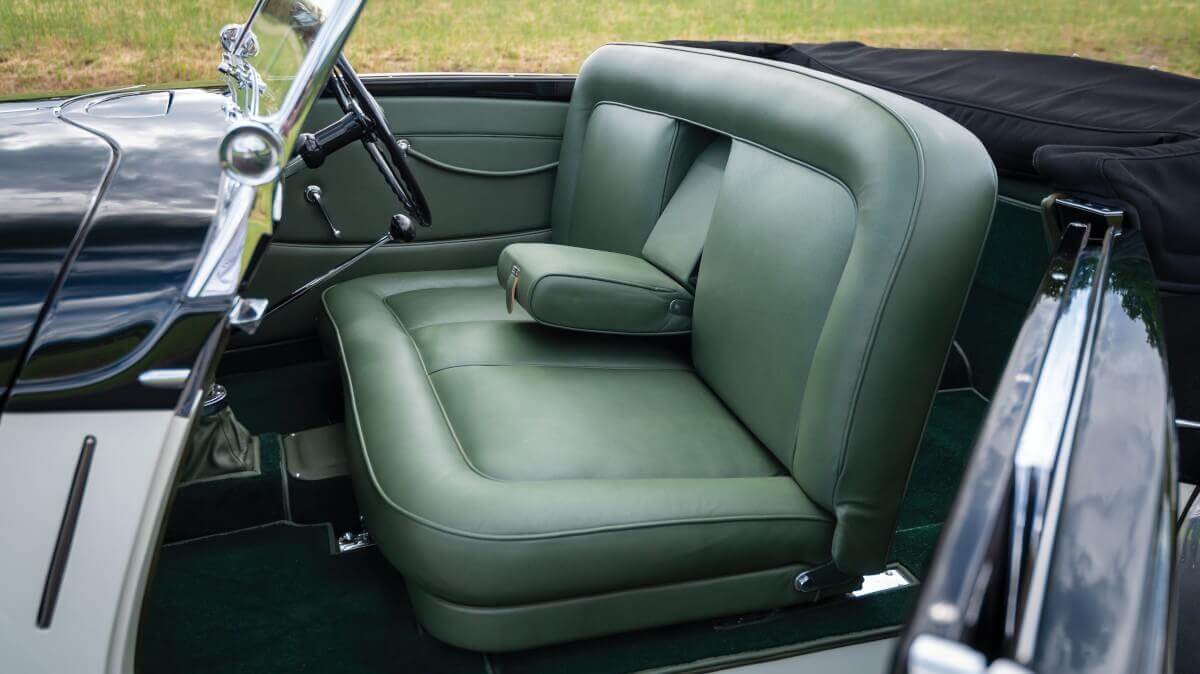

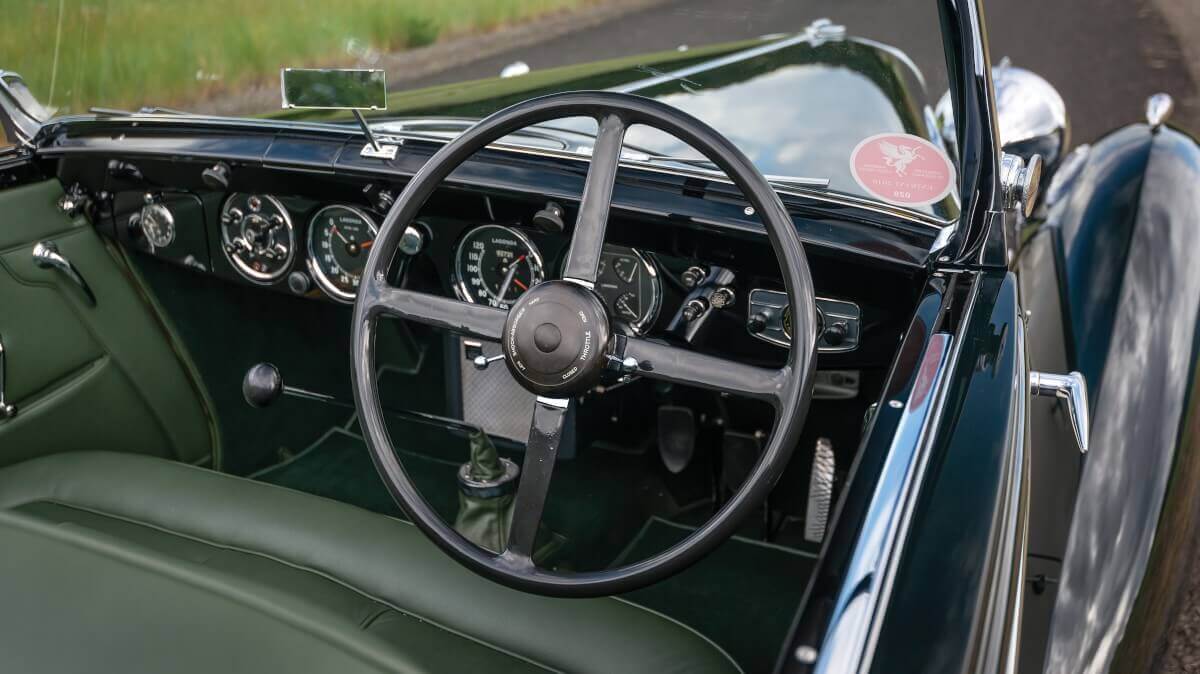

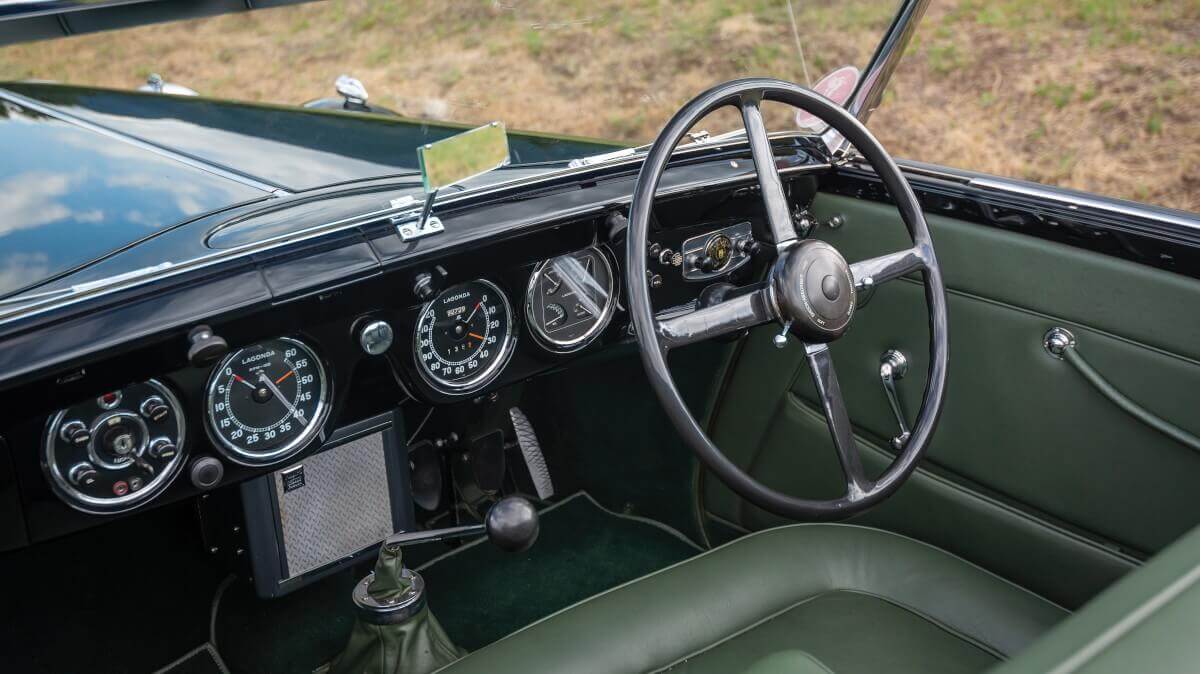

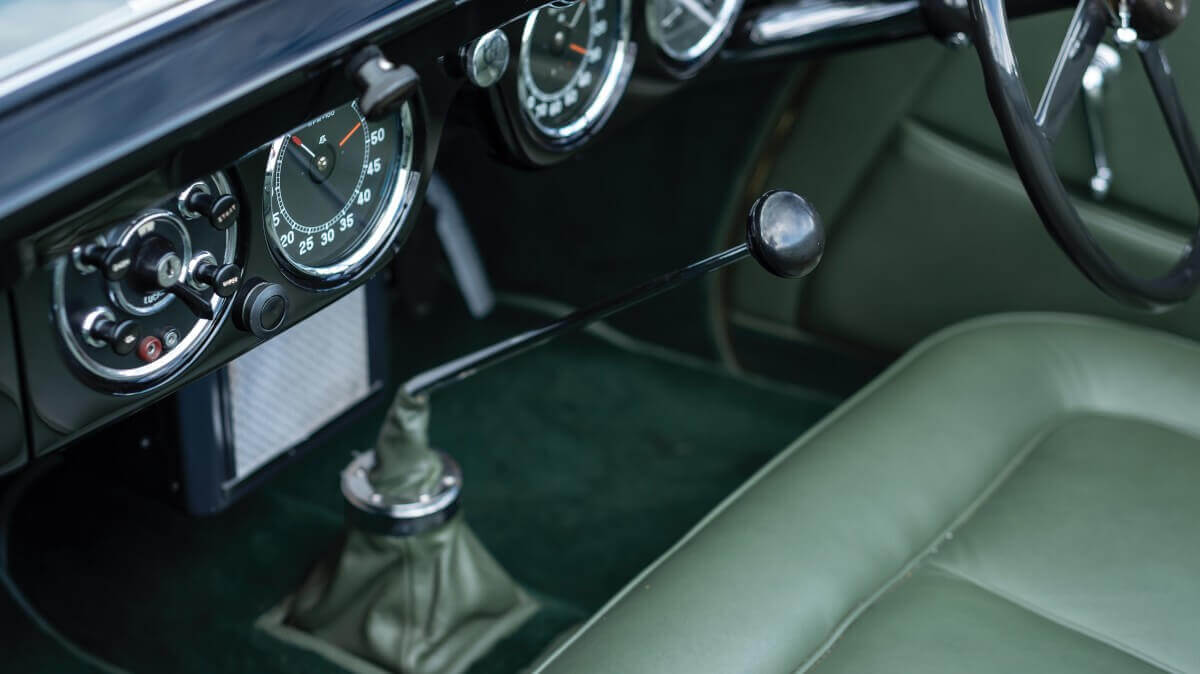

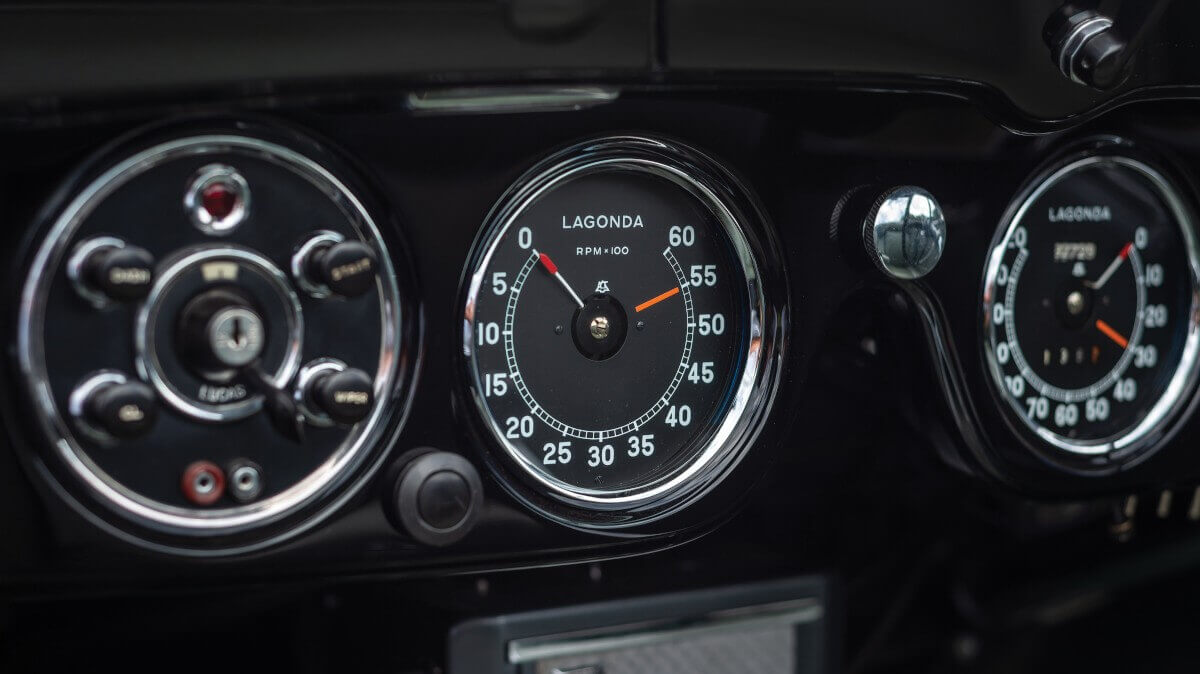

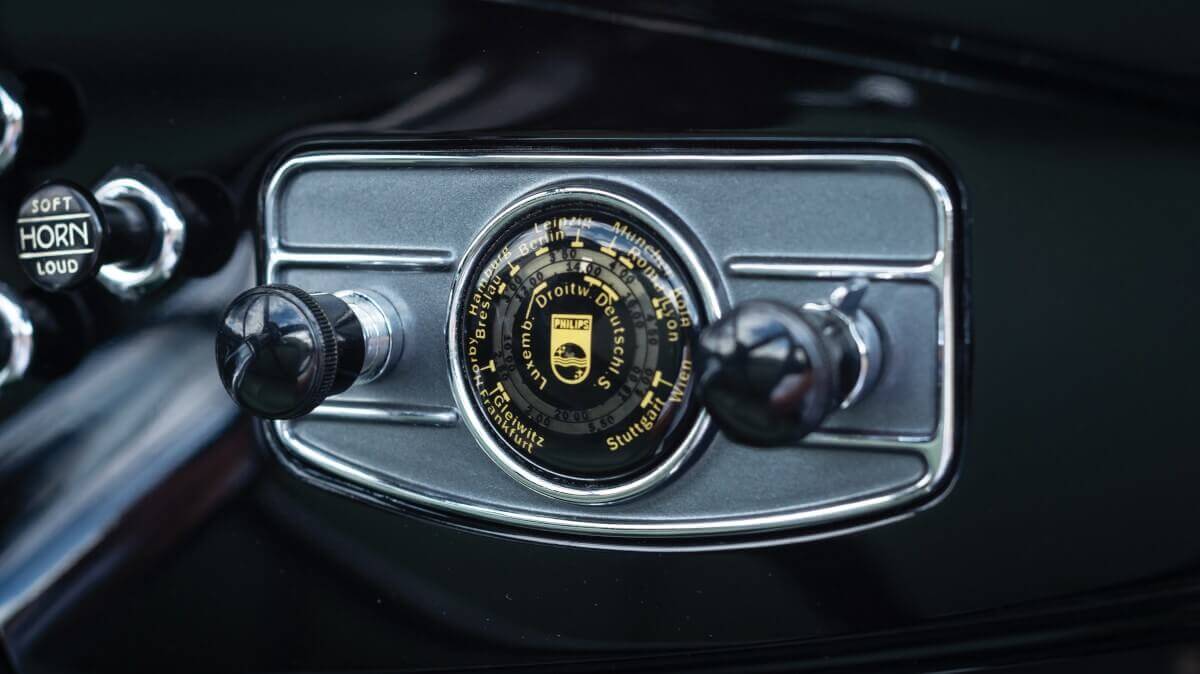

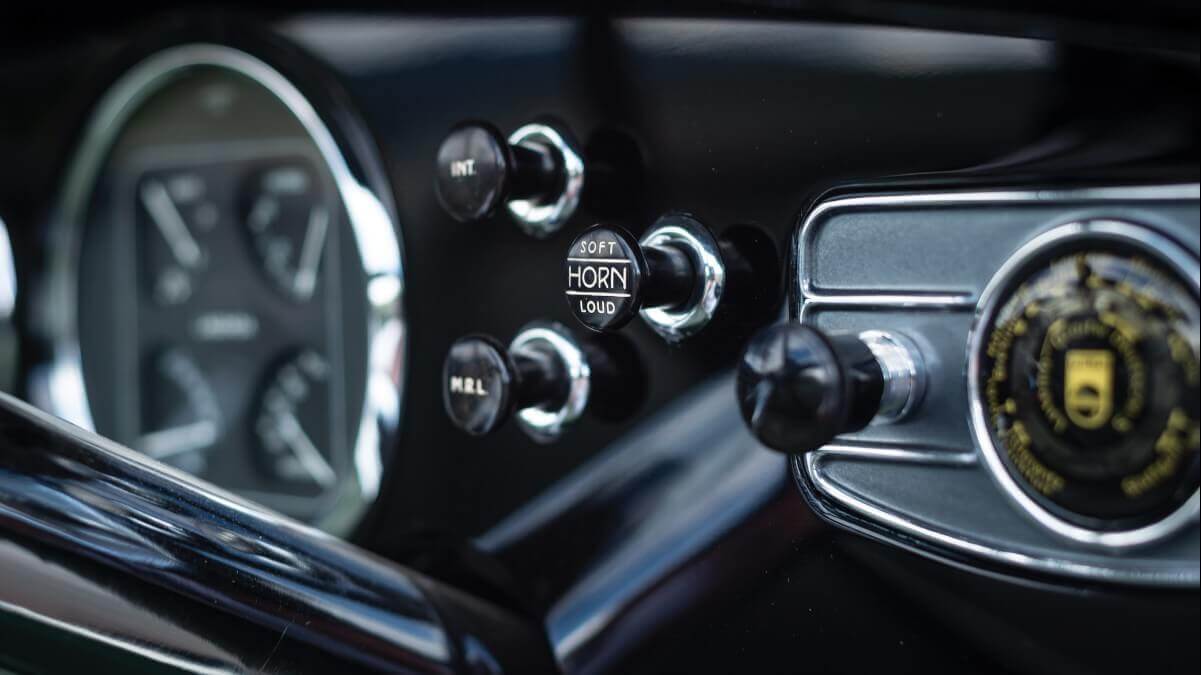

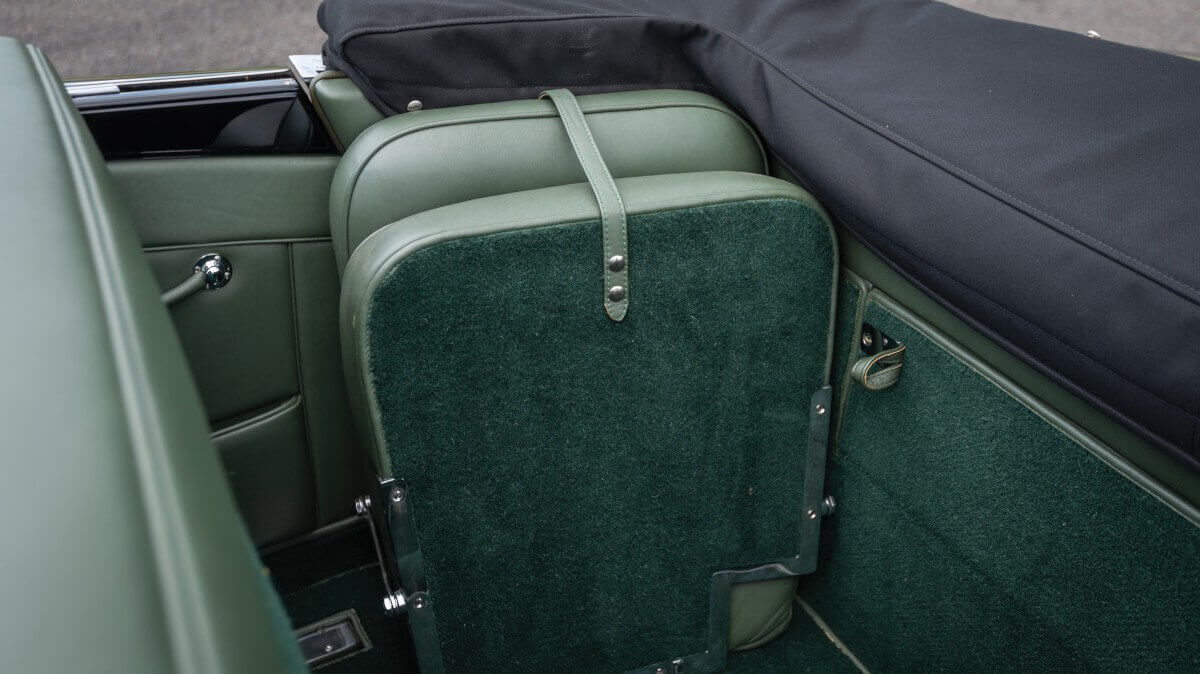

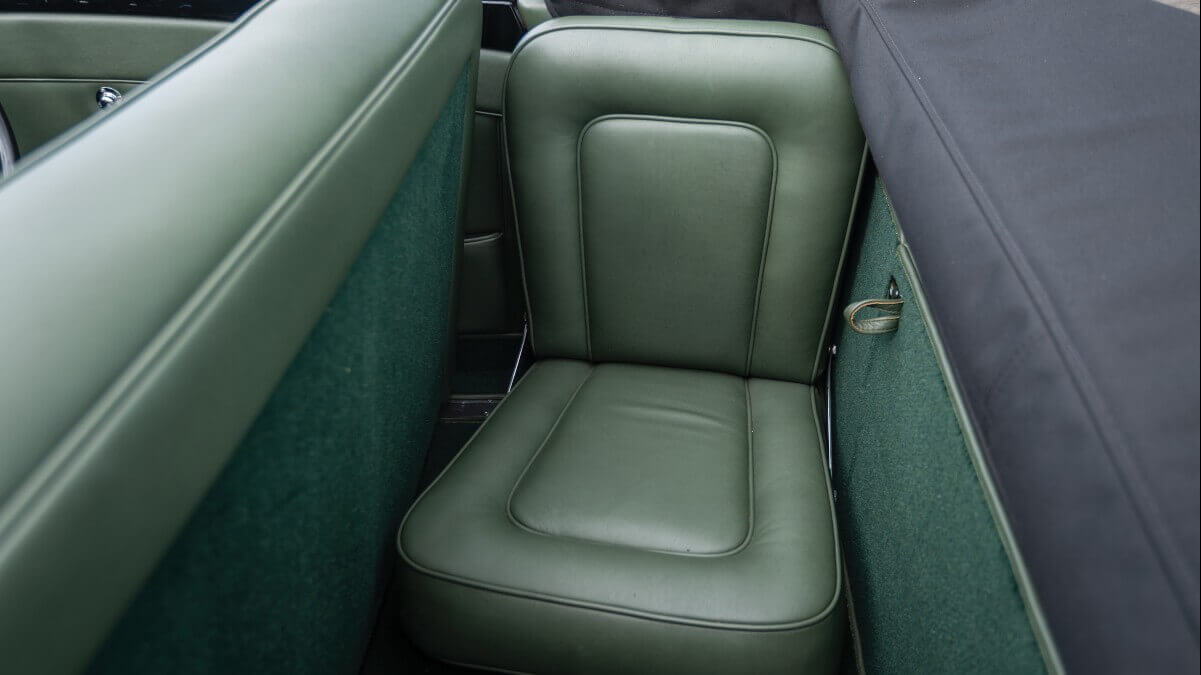

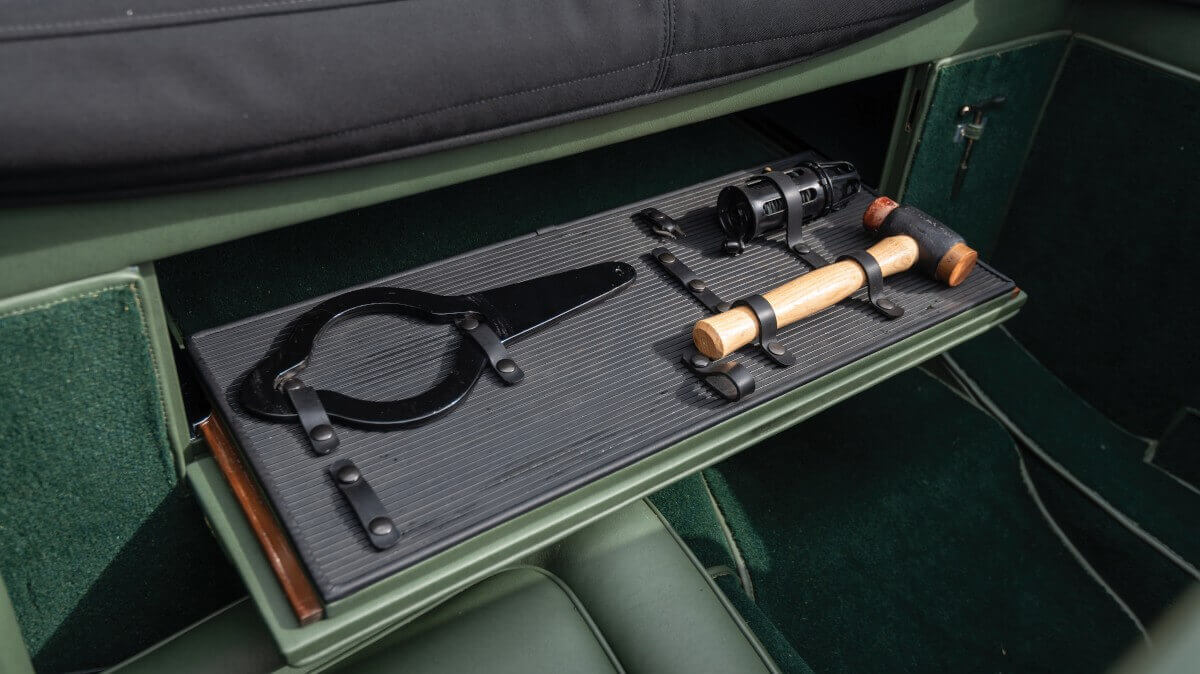

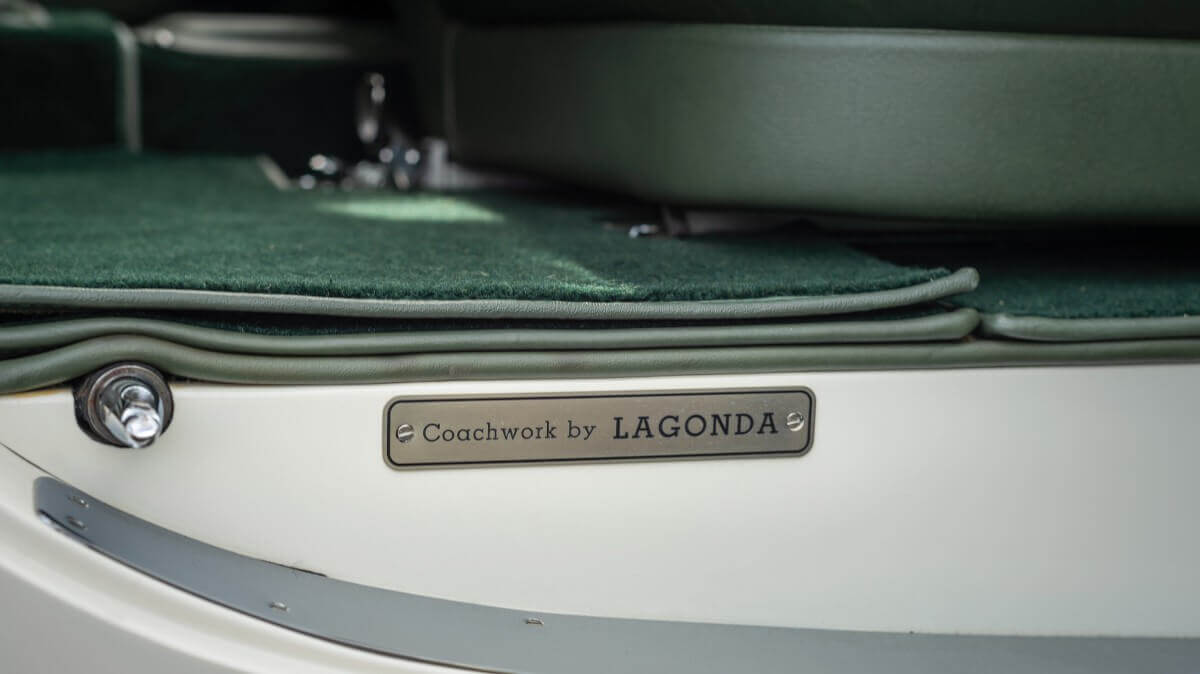

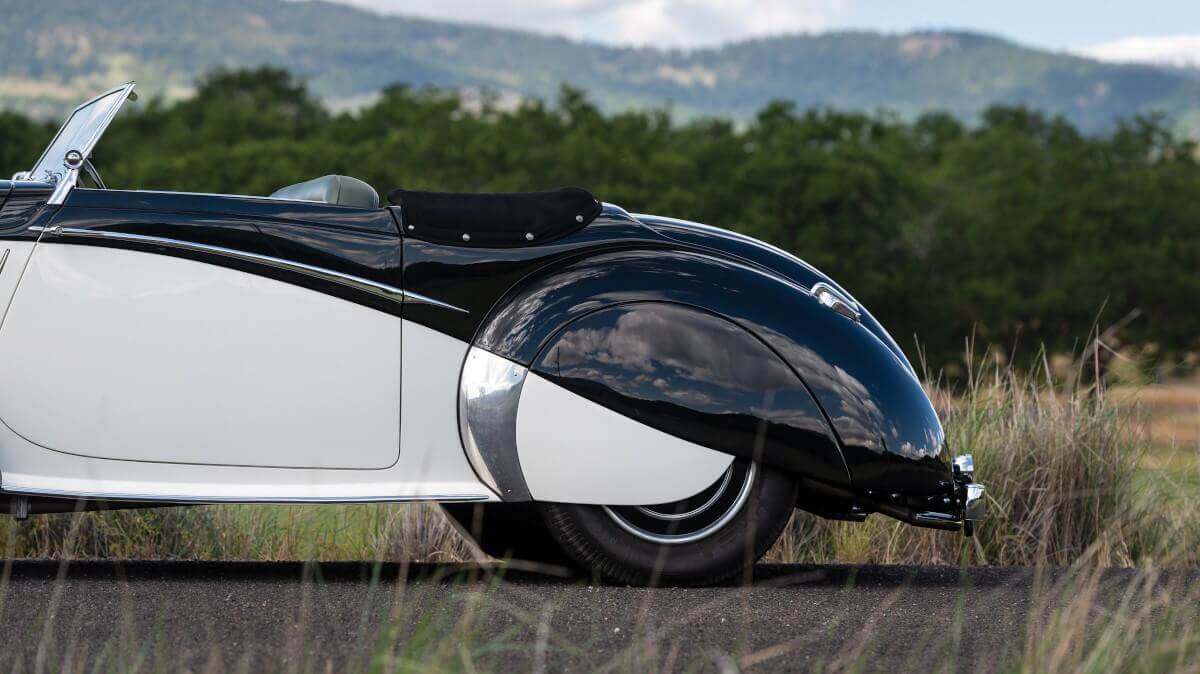

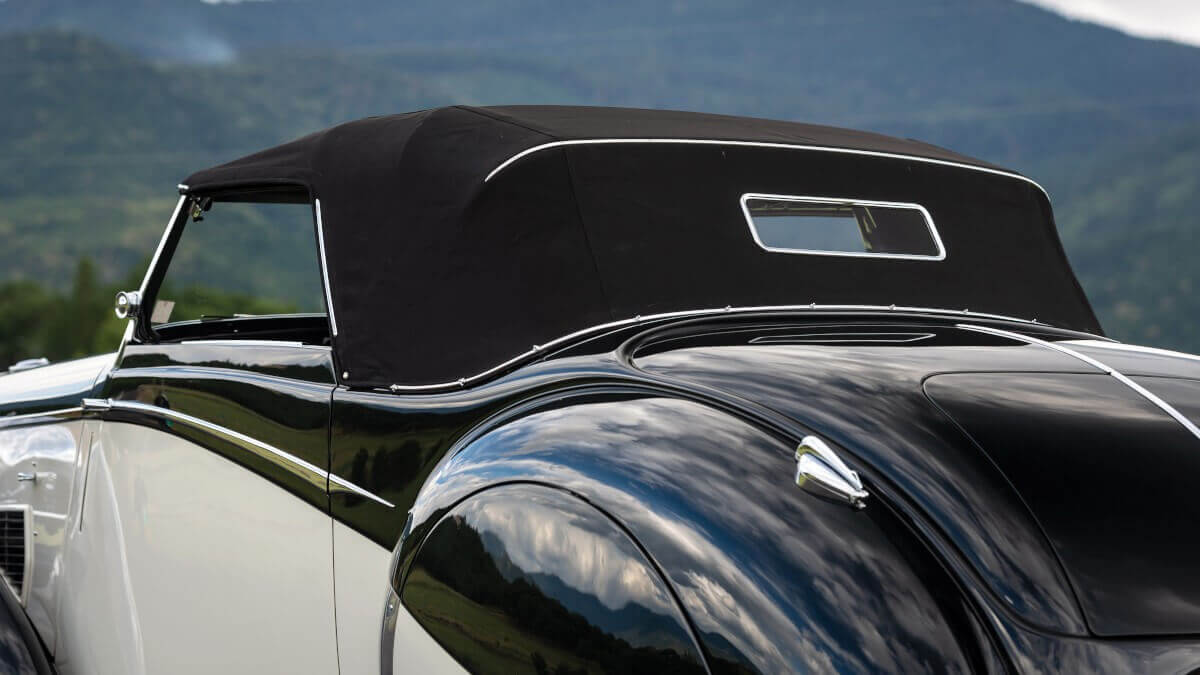

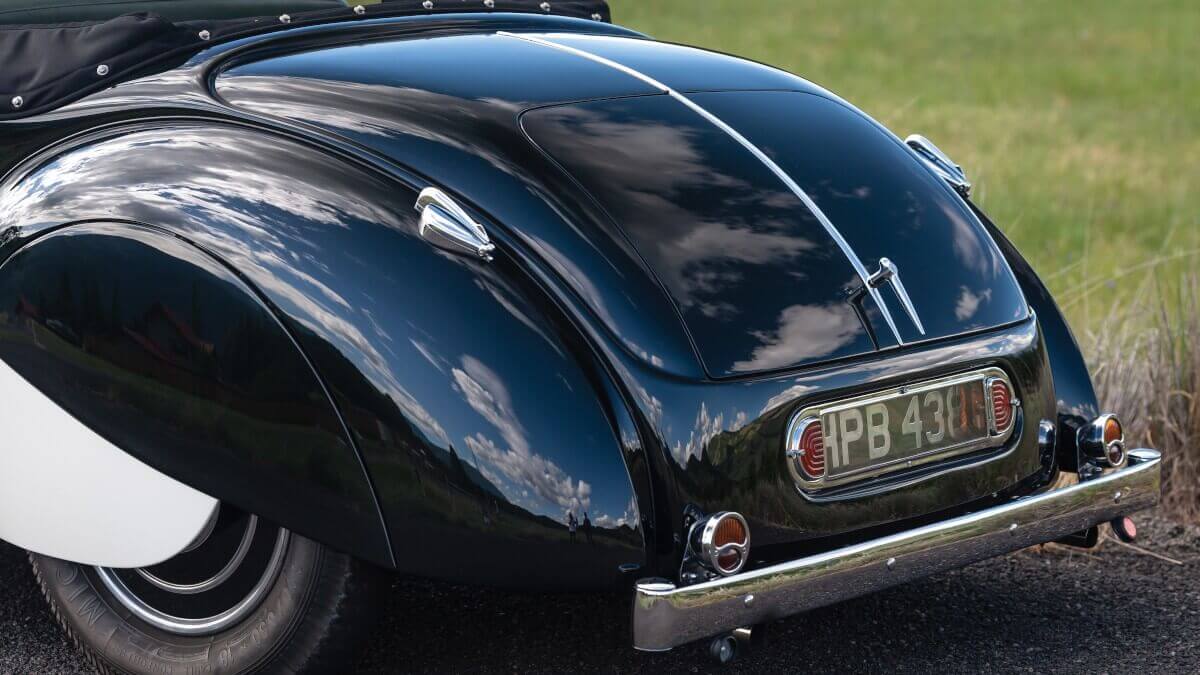

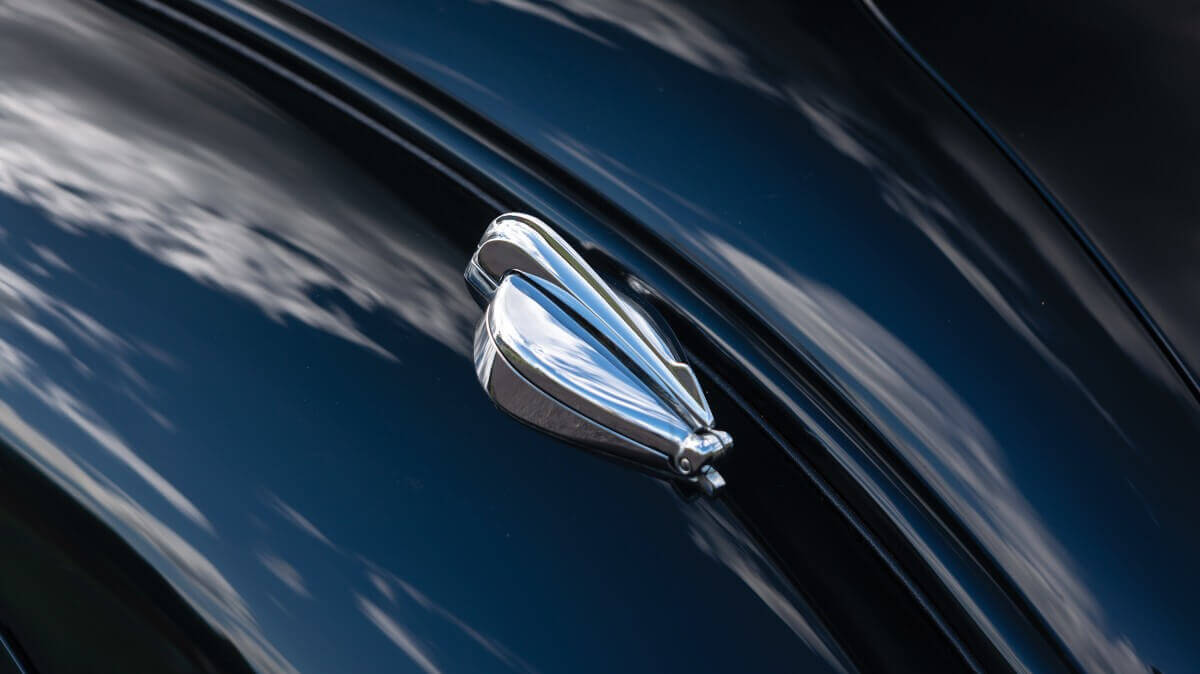

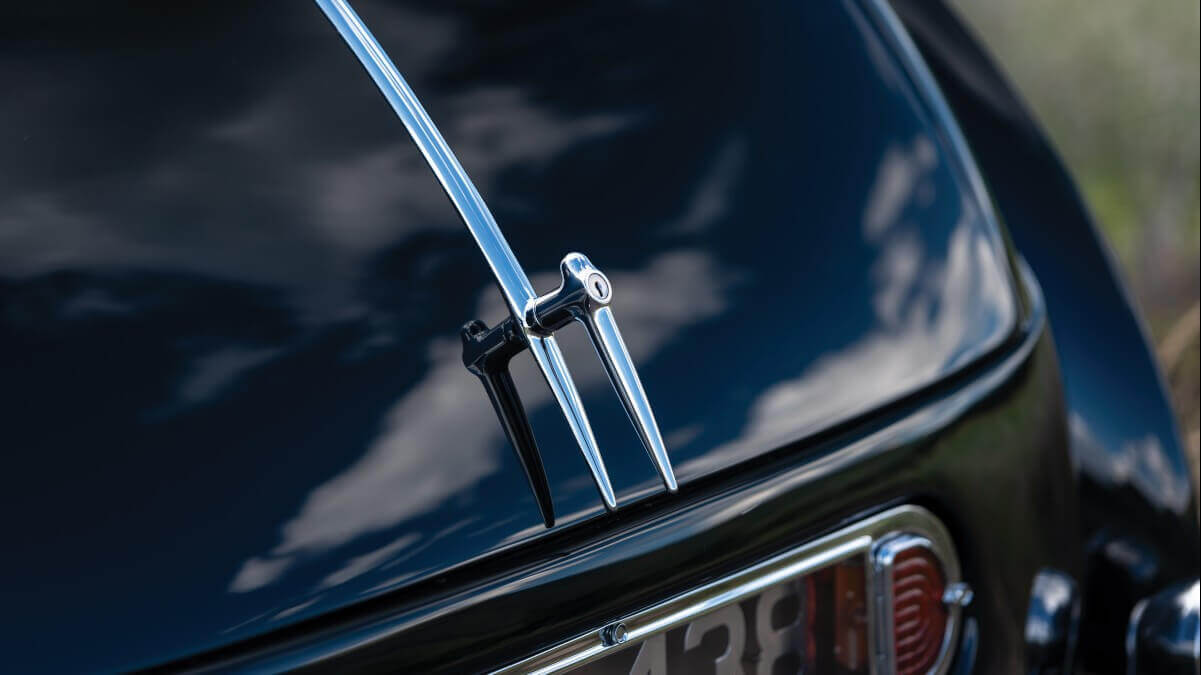

The opponents of this new model were clearly the cars of British brands Daimler and Rolls-Royce, but also other luxury brands worldwide. However, the Lagonda V-12 got a price tag of $ 8,900 in the USA, even the big Cadillac V16 was cheaper with just about $ 6,000. In addition to the factory bodies offered as Cabriolet, four-door Tourer, four-door Sports Saloon, de Ville, Sedanca de Ville or seven-seater Limousine, customers could also have the naked chassis, available in three different lengths, sent to a coachbuilder of their choice in order to receive their individual car. For example, Lancefield or Freestone & Webb produced different designs. All Lagonda V-12s were fitted with a built-in hydraulic jack system, leather upholstery, triplex glazing and a fold-out luggage rack, at extra cost you could get a Philips-developed car radio, an extended steering column, a custom-made luggage set or stone chip protection for the big Lucas headlamps. Within less than half a year the team around W.O. Bentley prepared two Lagonda V-12 for the Le Mans race in 1939 by drilling various holes in the frame to reduce weight and producing an independent narrow aluminium body on top. On the way to the race, done with the racing cars, final tuning work was carried out. Although the Bugatti works team couldn’t be beaten on site, Lagonda won its class and finished third and fourth overall in the last 24 Hours of Le Mans before World War 2. The V12 engines were manufactured for military vehicles during the war.
Until then, only 192 Lagonda V-12 had been produced in 1938 and 1939 in the ‘Sanction I’ (151 units) and ‘Sanction II’ (41 units) series, with the Sanction II vehicles receiving a bit more power (about 205 hp). Interestingly enough, two Lagonda V-12s are offered for auction during the Monterey Car Week. The first vehicle, a 1939 V-12 Rapide Drophead Coupé with a dark green painted body by James Young, was delivered ex works with a so-called ‘Sanction IV’ engine, which was actually only intended for use in the Le Mans racing cars. Work on the bodywork began in October 1939 at James Young Coachworks. Completed, the car went to Major Godfrey Anthony Gillson, who kept it until his death in 1944. Afterwards the former factory manager of Lagonda, Jim Davies, took over the car. 1957 an absolute Lagonda lover followed with the Australian Jim Whitehead, who owned seven V-12 in the course of his life. This Drophead Coupé remained in the Whitehead family for 58 years and then went to the current owner, who had it extensively restored in New Zealand. Gooding & Company expects a hammer price between US$ 900,000 and US$ 1,200,000.
RM Sotheby’s also offers a Lagonda V-12 Rapide Drophead Coupé, but with a two-tone factory body. Since there are unfortunately no more production documents, brand experts can only assume that this car is the oldest Rapide Drophead Coupé built. Originally, the car was painted in ‘Mushroom’ in combination with green leather in the interior. First owner was Alfred James McAlpine, grandson of the famous British engineer Sir Robert McAlpine and son of the building baron Sir Alfred McAlpine. In 1941 the car returned to the factory to be upgraded to the higher performance of the Sanction II. In 1955 Arthur Omsby took over the pre-war sports car. From 1961 it was owned by Stephen A. Lincoln in Sparta, New Jersey, who kept the Lagonda until 1983. Three more owners followed in the USA before the V-12 joined the collection of Dr. Winfried Kallinger in Austria in 1997. He had it extensively restored and drove it frequently before selling it to Lord Bamford, who had it further restored and repainted to its present color scheme in dark green over ivory. The car currently belongs to an American car collector, who is now offering it through RM Sotheby’s. The hammer price is expected to be US$ 1,200,000 to US$ 1,500,000.
Pictures: Gooding & Company, RM Sotheby’s


